|
Here are a couple of stunning vintage Les Paul Customs in contrasting black and white. The 1971 model came in for a set up and replacement 3 way switch, and the '78 which has been re-fretted.
0 Comments
I recently had the privilege of repairing and servicing several guitars belonging to Florence and the Machine's guitarist Rob Ackroyd which were brought to me by his tech Justin, including a Guild 6 string and 12 string, a Martin D35, and a luthier made Motor Avenue Belaire....here's the Guild 6 string which needed a bridge removal and re-glue.. ...and the Motor Avenue Belaire..
A customer brought this beaten up Martin mahogany ukulele into the workshop and asked if I could salvage it. The back had a long split (patched by a bit of sellotape), the back had come away from the side, possibly due to water damage, and the sides had several large cracks that gave the impression that someone had stepped on the instrument at some point! The top itself was sound, as was the neck and headstock, albeit the instrument needed a good clean, and internally it appeared sound. I said I'd need to give it some thought... one of the main problems was that access through the small sound hole to facilitate repairs was tricky as getting one's adult hands inside was nigh on impossible... the only other way was to remove the top/back completely, which I wanted to avoid. First task was to remove the dirt and grime from the back and sides in order to see more clearly the extent of the damage. First stage was to glue up the back where it had come away from the side. Secondly, and the trickiest part, was to correctly align the couple of splits in the side, which ran most of the length of the instrument. In order to get the split aligned I had to make a correctly sized spreader that could be inserted inside the instrument through the sound hole and wedged and positioned in such a way that there was a smooth join across the crack when clamped...this took a certain amount of cursing to get right! A couple of strong magnets placed in the correct position also helped. When I was satisfied I had the correct positioning during the dry run, it was then ready to glue up properly. The final part of the repair operation was to repair the split in the back. Then onto cleaning the top and neck, and stringing up. There was a slight ridge of broken lacquer around the repaired splits that were lacquer filled several times, levelled, sanded and polished to hide as best possible where there had been a repair... The final result...I think it came out very well in the end:). Worth restoring as a vintage 1950's Martin uke has a reasonable value.
...to all my customers, a thank you for your custom this year and best wishes to you and your families for Christmas and the New Year. Here's a rare 1961 Gretsch Country Club with slimline body in Cadillac Green, together with a 1959 Fender Tweed Pro...pure rock'n'roll :)
This year I've had a number of Rickenbackers come through the workshop. Here are some cool looking guitars and basses...a couple of Ricky 4001 basses, a Ricky 360-12 and probably the coolest of the lot, a fairly rare 1973 Ricky 360. Here's the Jetglo 4001... Next, an Azureglo 4001.. A Fireglo 360-12... The cream of the crop. A stunning early 1973 Fireglo Rickenbacker 360 with crushed pearl full width shark inlays, chequerboard binding, and early version of the high gain pickups. These appointments were only around for a couple of years or so in the early 70's, mostly disappearing from mid '73.
I've decided that if I could only ever own one guitar a strong contender would be an early 60's Gibson ES335, 345 or 355...in cherry red. This stunning guitar made it's way to the workbench for reseating most of the frets, a fret dress, new bone nut and a set up.
The local council are of the view that we not obliged to close under current rules. So we are opening up for business again on a drop off and collect basis only. Drop off can take place just outside the workshop in the courtyard and usual distancing and mask wearing rules apply. Just call or message me and we can arrange an appointment to suit.
Following Boris's announcement last night we are taking the decision to close the workshop to customers with immediate effect and until further notice. Whilst "repair" businesses may stay open, they must be providing an essential service. Unfortunately we don't feel the repairing of stringed instruments and amps falls under the definition of "essential". If we have your instrument already at the workshop for repair or servicing, these may still be collected, by appointment, on completion.
Take care everyone. Best wishes , Andy and Steve. From 31st December South Somerset will move into Tier 4 restrictions. The workshop, as a business providing repair services, is permitted to stay open.
So, we shall remain open, however this is on the basis that handover and pickup of instruments must take place outside the workshop in the courtyard, with the usual social distance being observed etc. Customers will not be able to enter the workshop, however I'll carry out an initial appraisal whilst you wait ( usually takes around 10 minutes) as required. A Happy New Year to all Fret & Nut's customers! A bit like a vintage port and stilton, these two items go well together...a Custom Shop Relic 1960 Strat in front of a 1960 Brownface Fender Pro....yummy :) Wishing all Fret & Nut's customers the best possible Christmas in the current climate ...here's to a better 2021 and perhaps even some live gigs!
|
AuthorAs a luthier, and also a vintage guitar enthusiast, I'll be posting articles about guitar repair, guitar construction, and also vintage instruments Archives
December 2022
Categories |
| About | |
Menu |
Contact"The Engine Room"
Flax Drayton Farm Drayton South Petherton Somerset TA13 5LR Telephone: 07732 074088 Email: info@fretandnut.co.uk |
© COPYRIGHT 2017. ALL RIGHTS RESERVED.
|

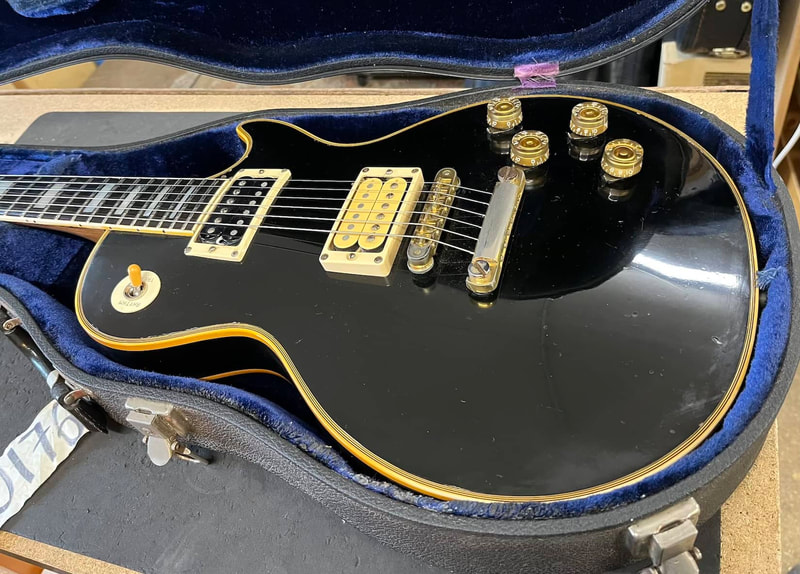
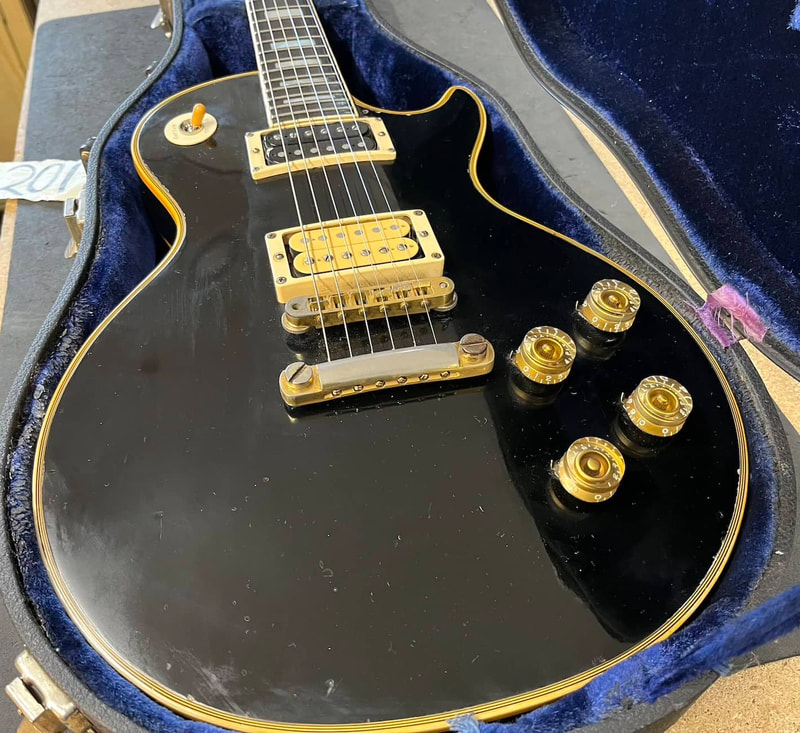
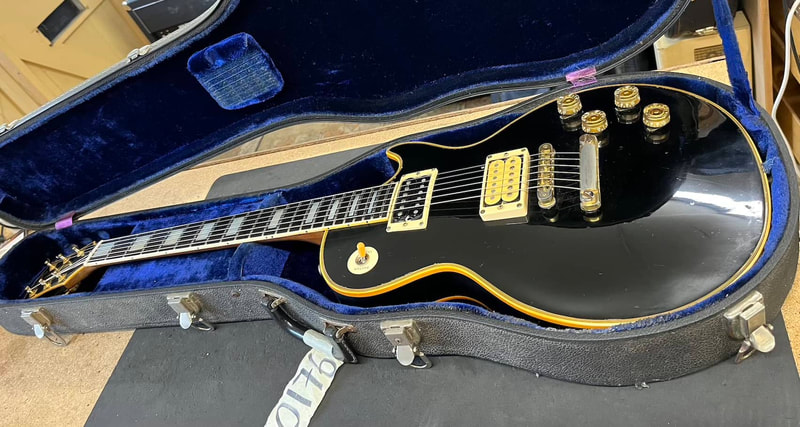
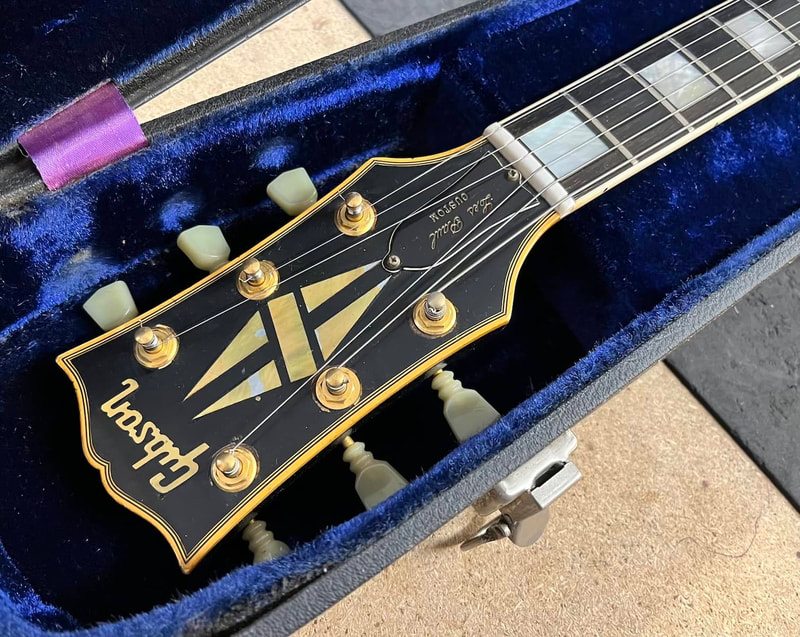
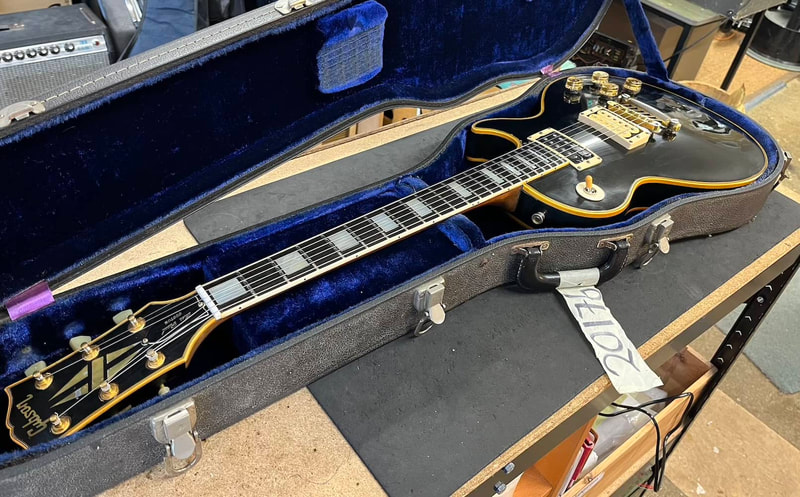
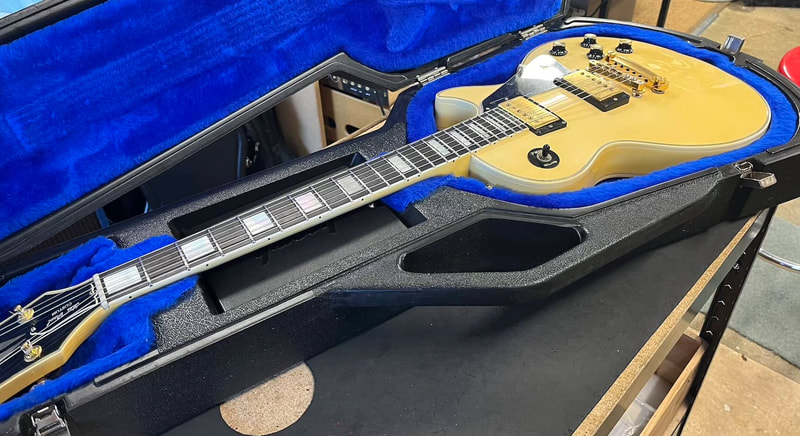
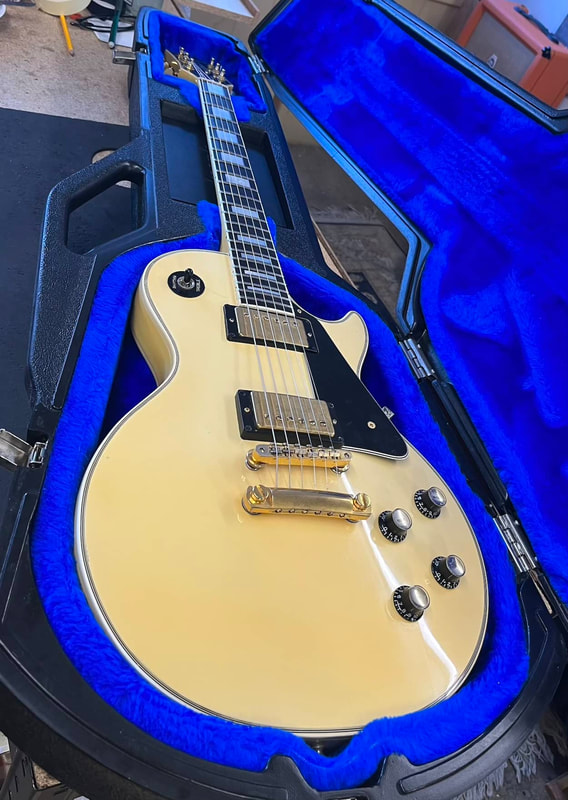
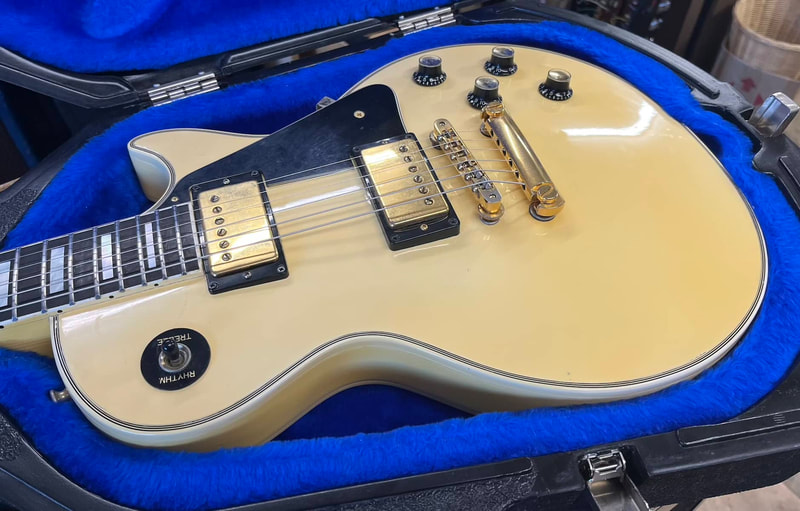
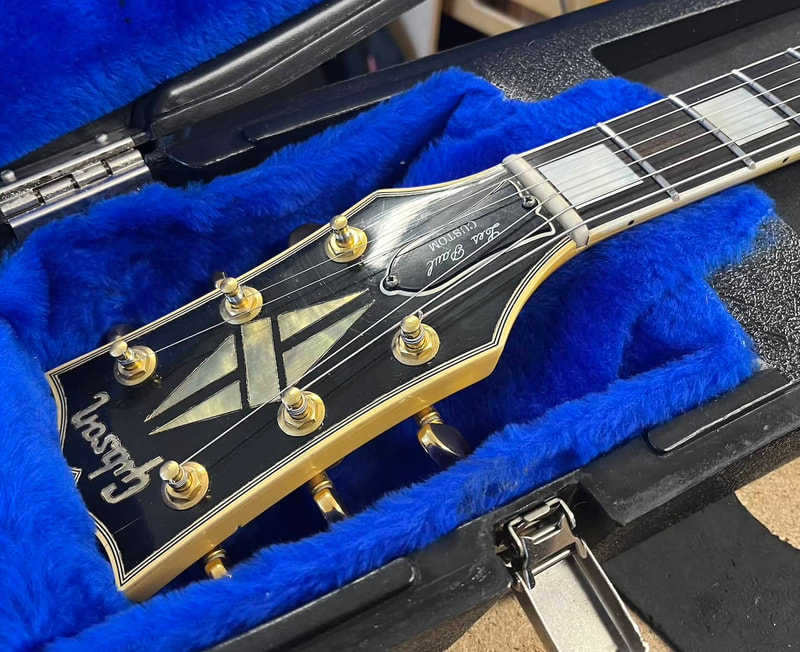
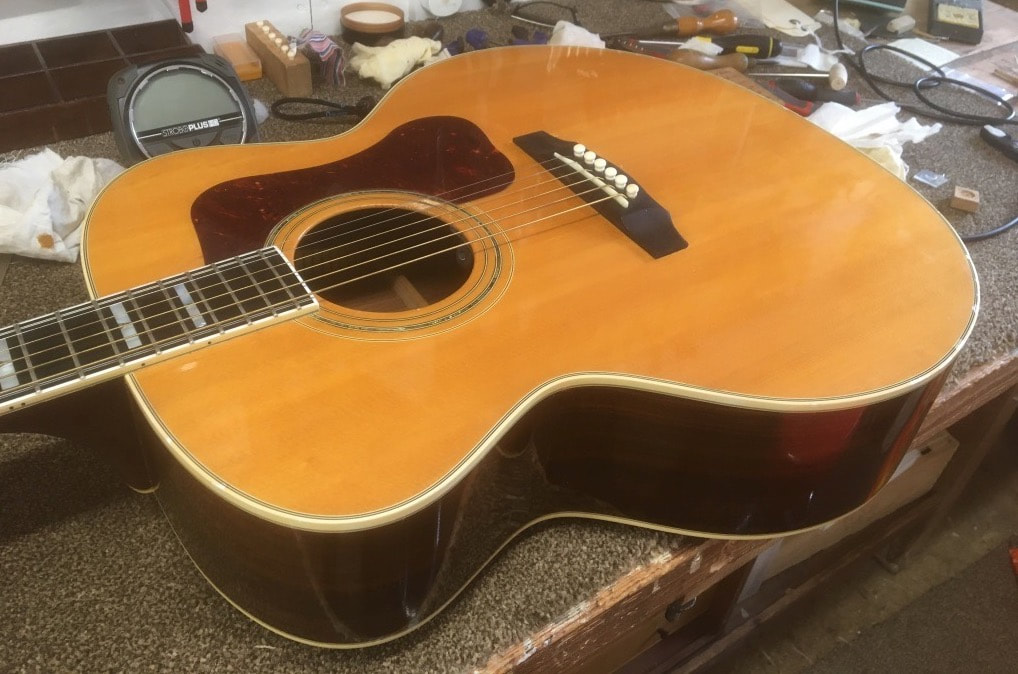
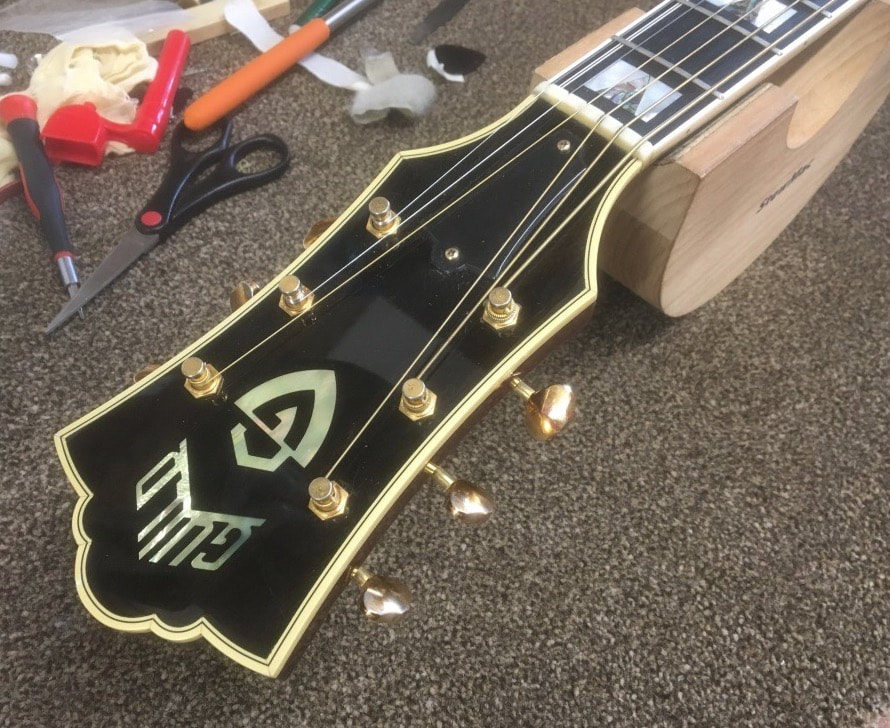
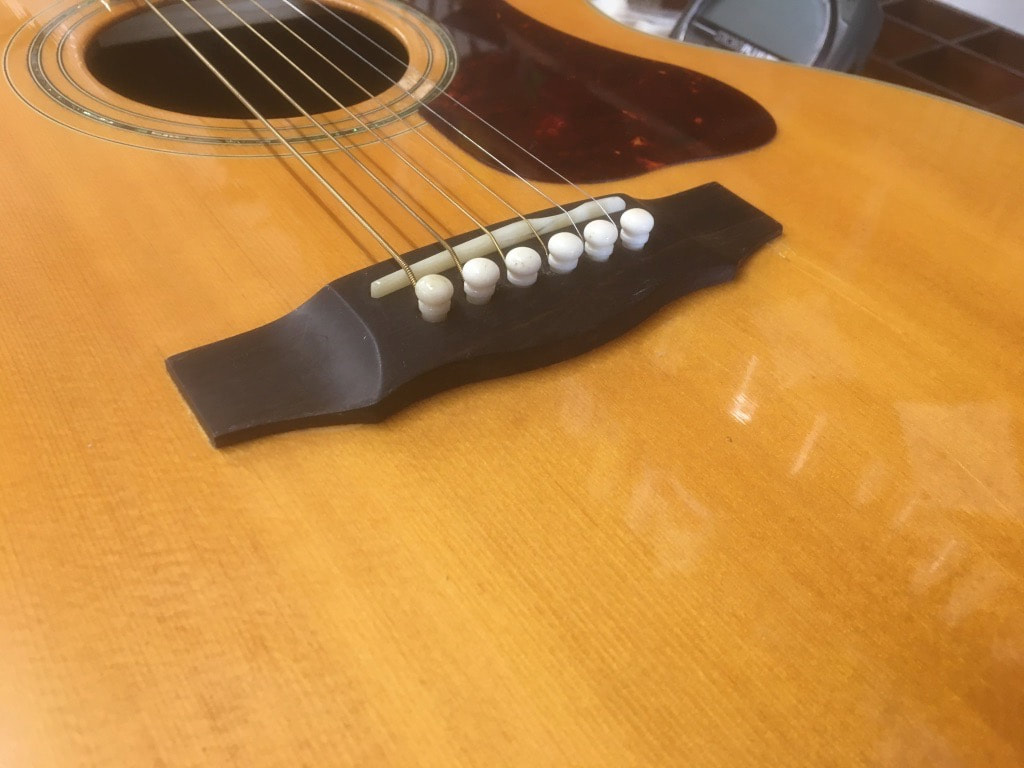
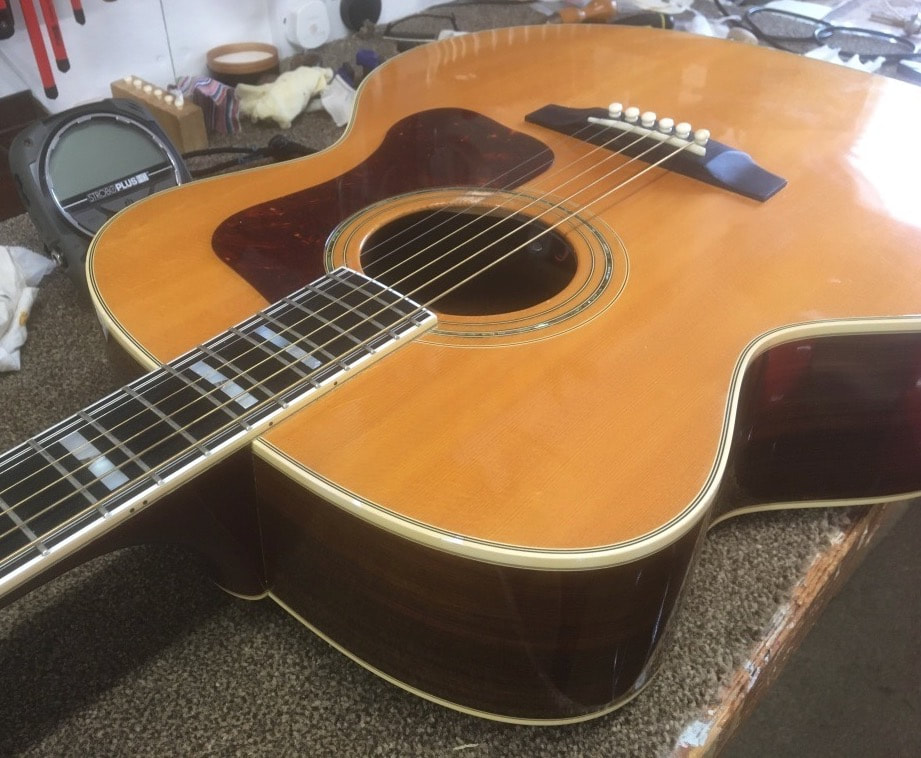
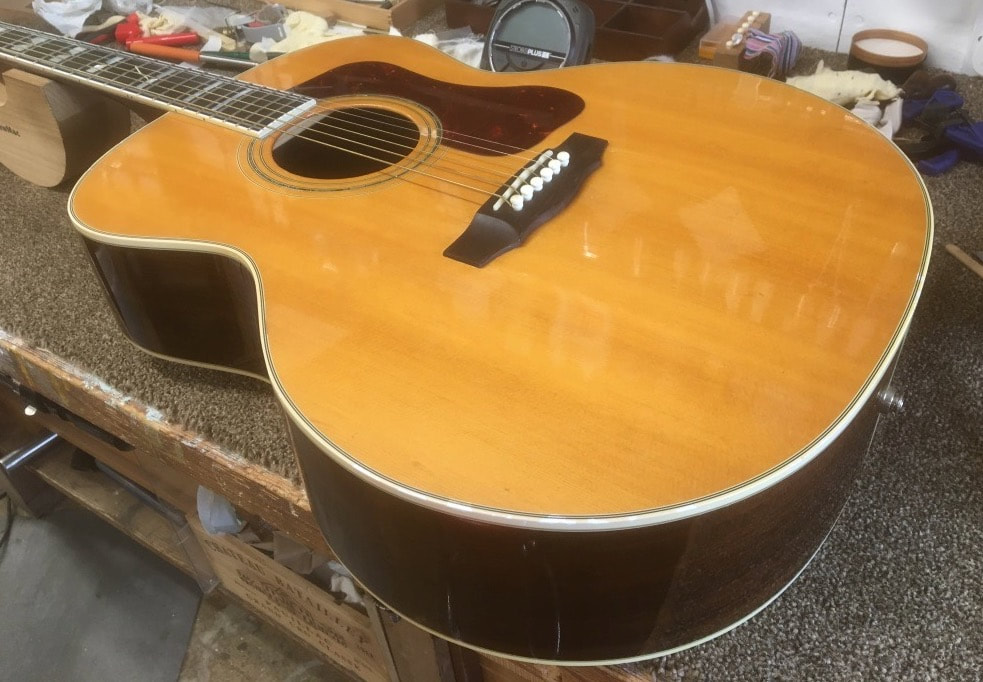
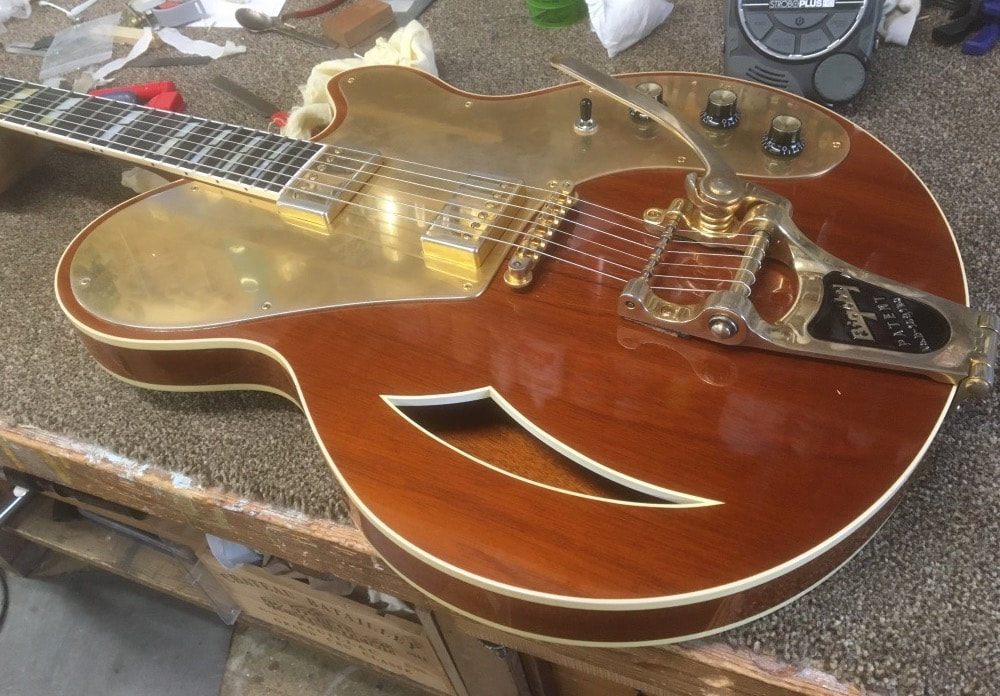
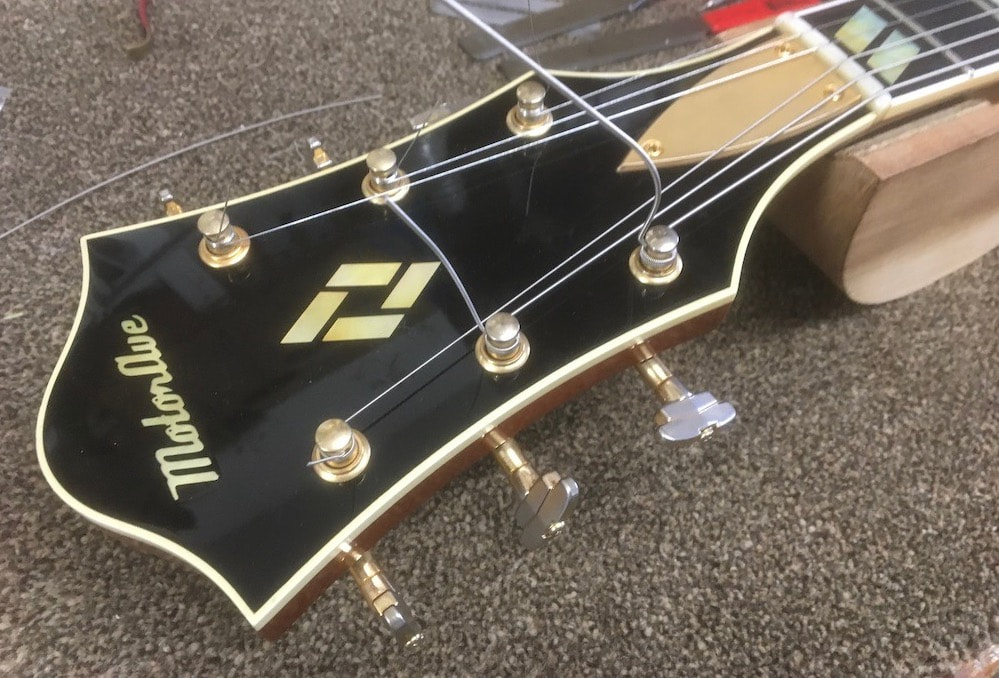
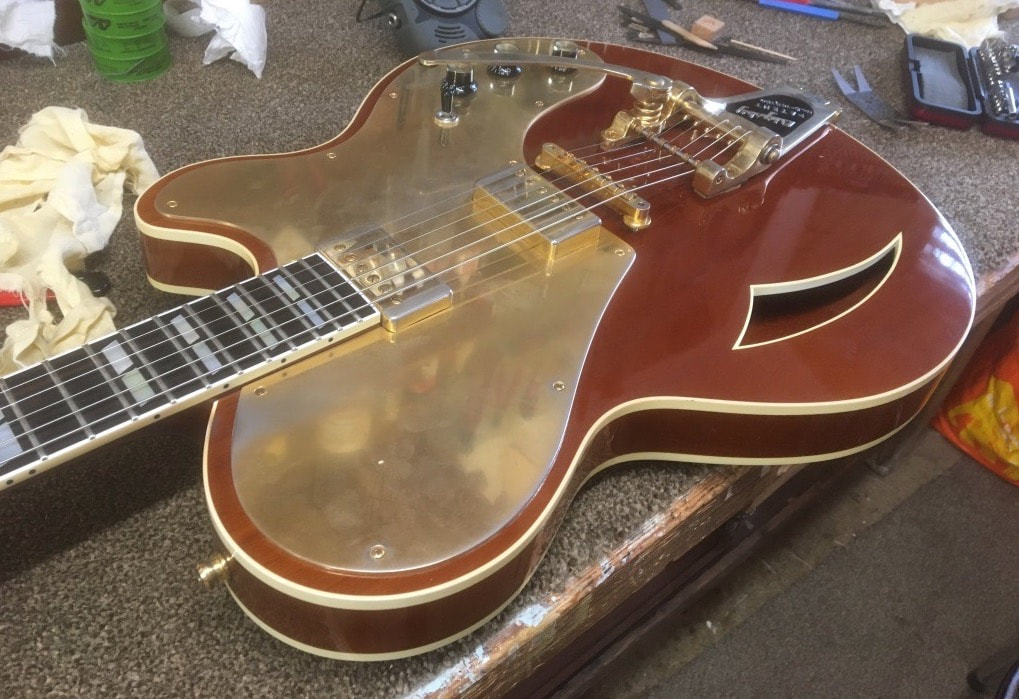
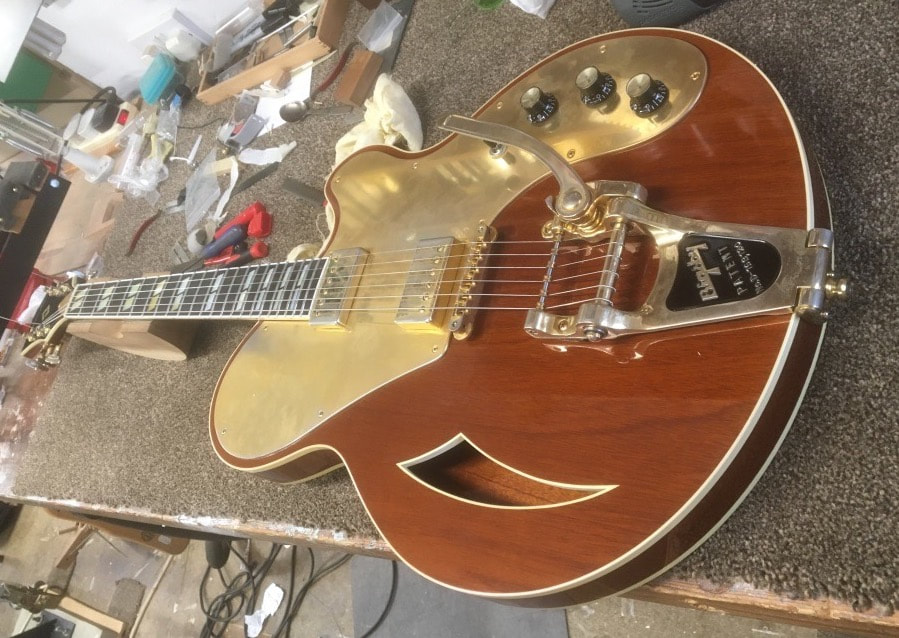
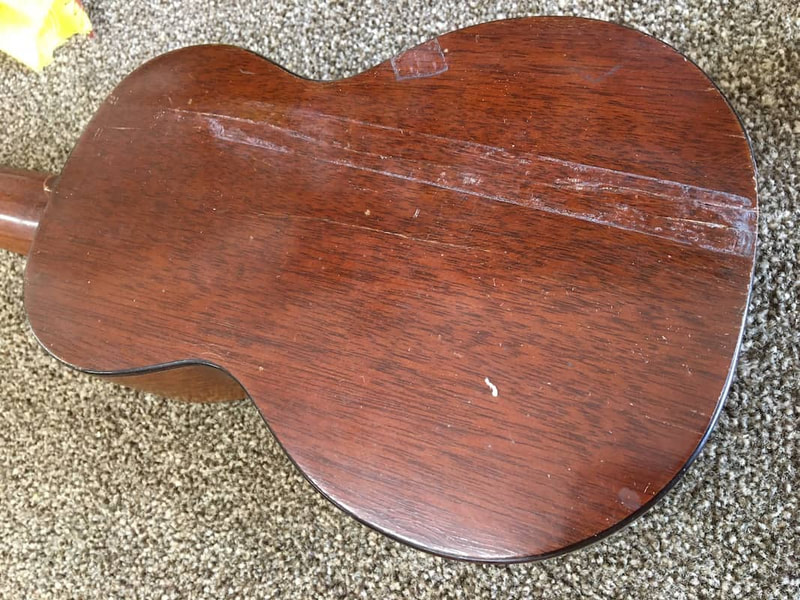
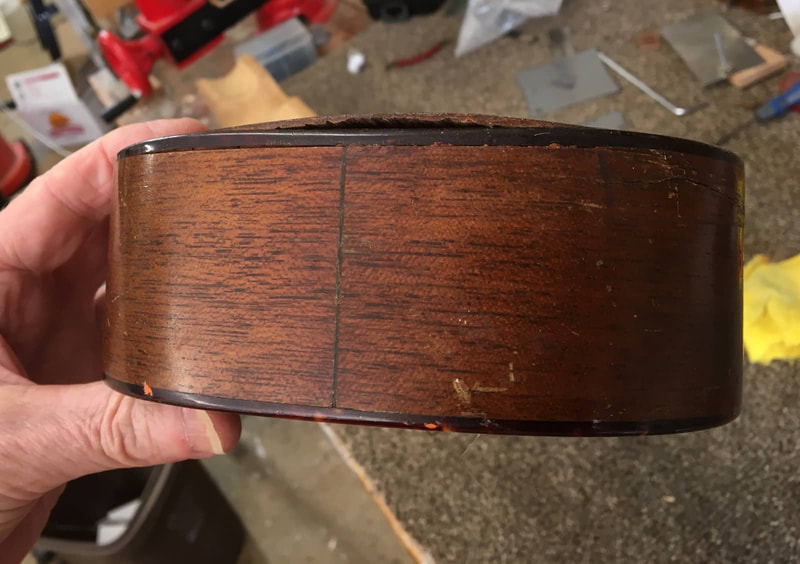

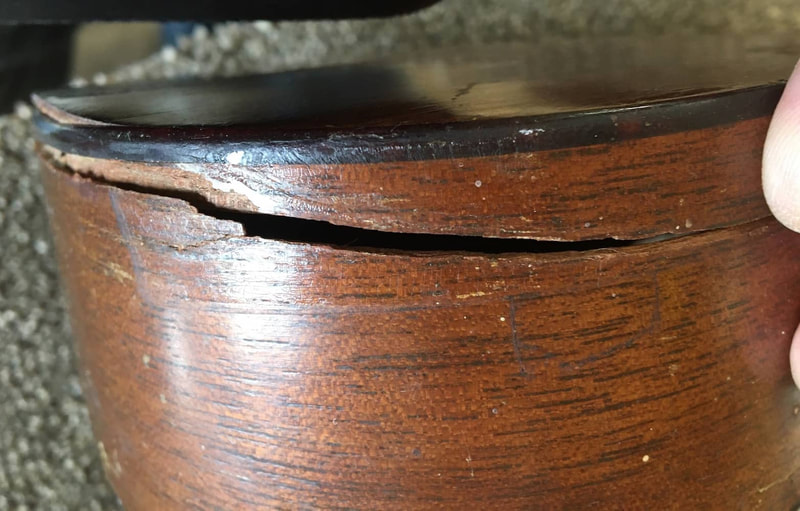
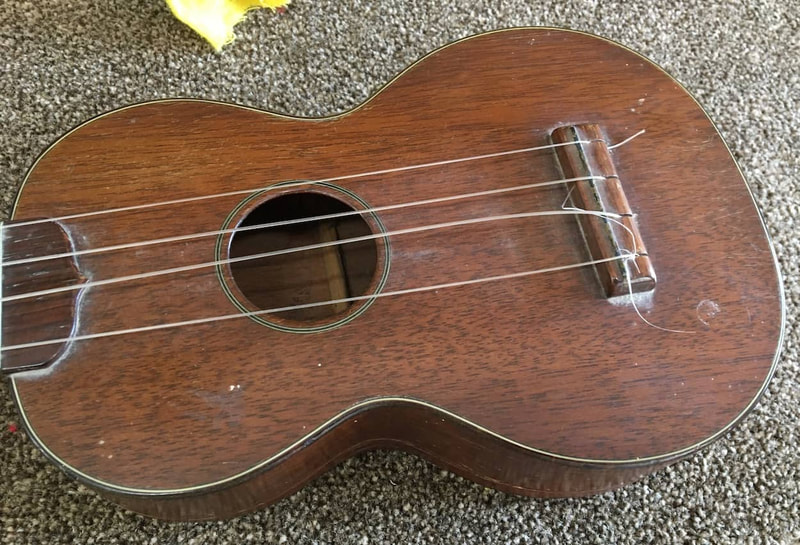
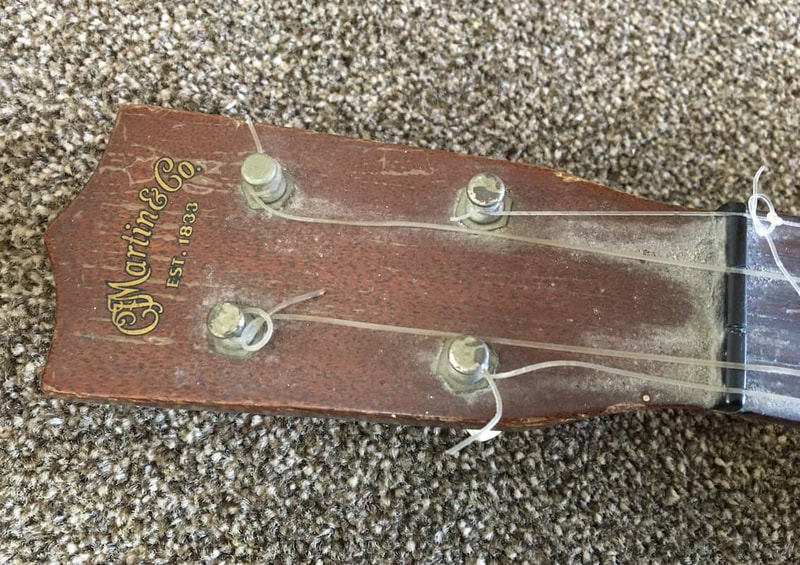
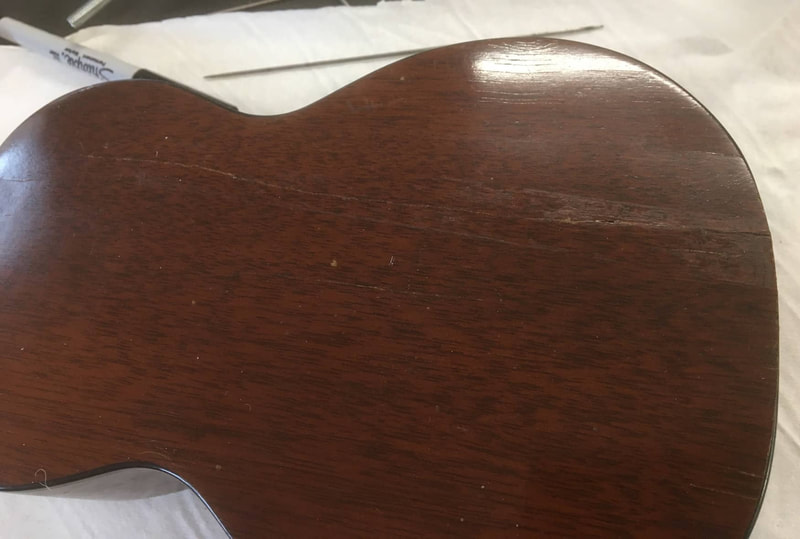
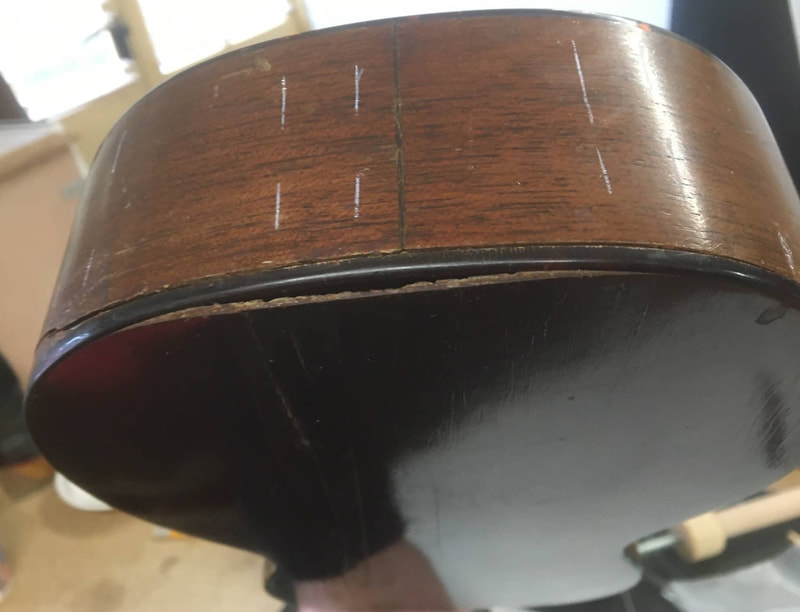
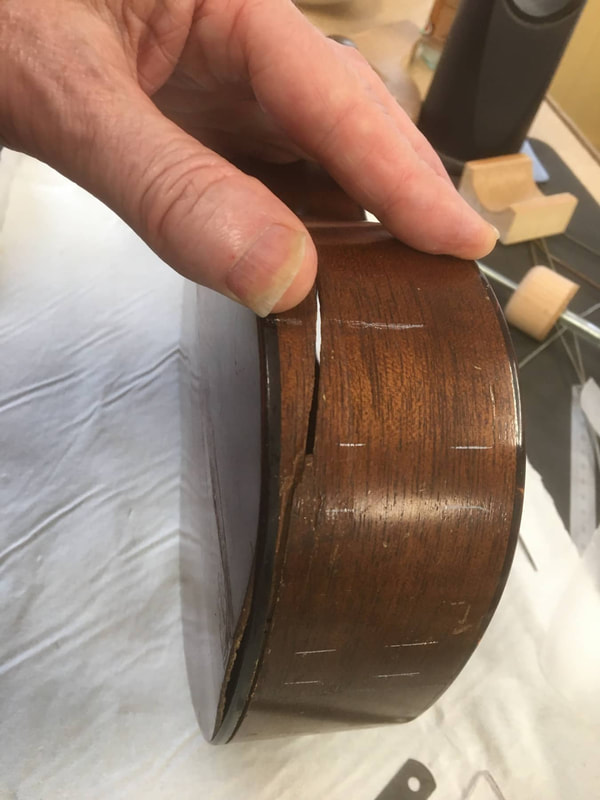
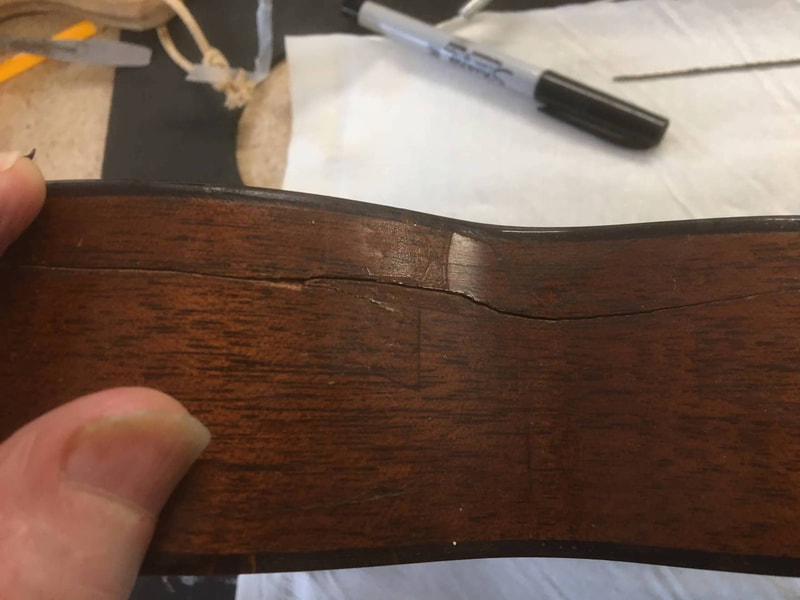
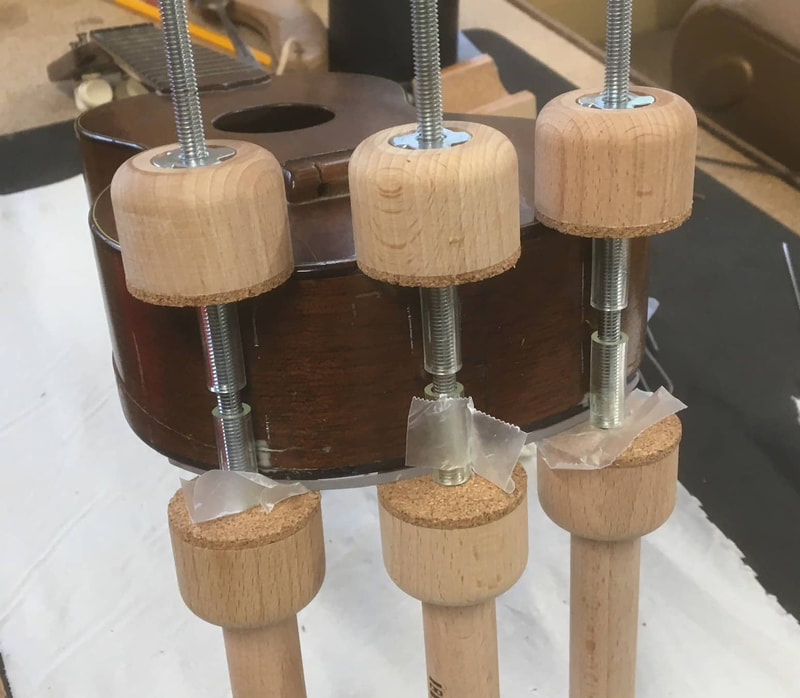
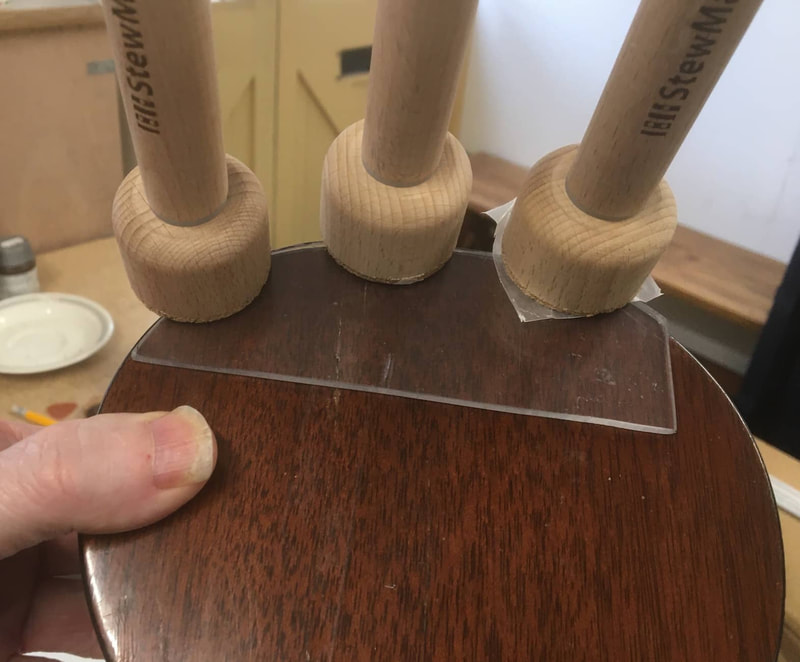
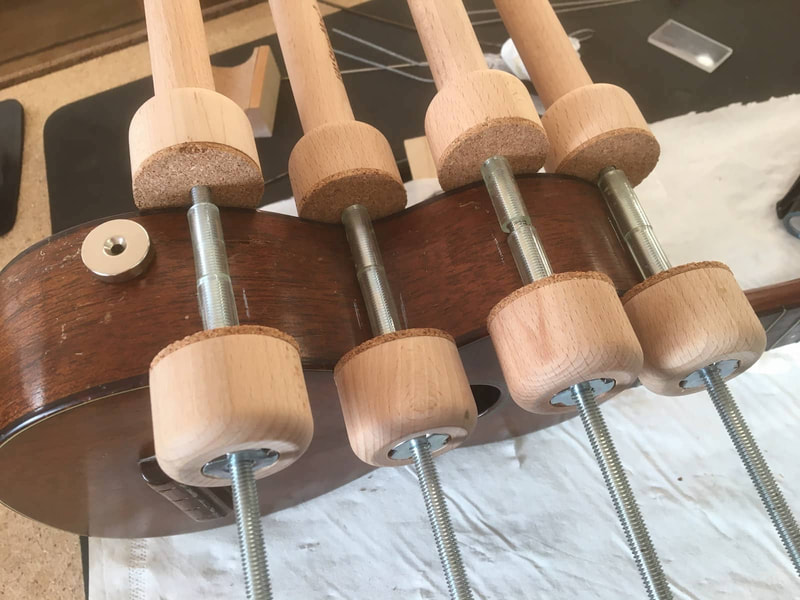
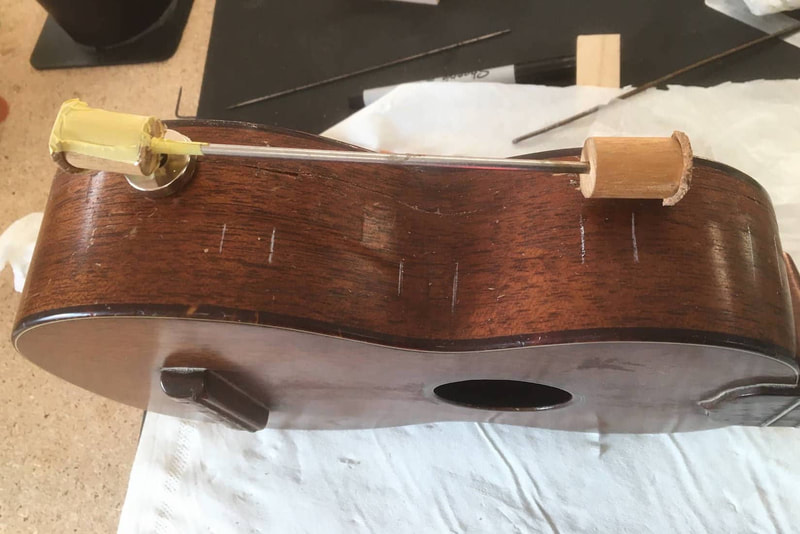
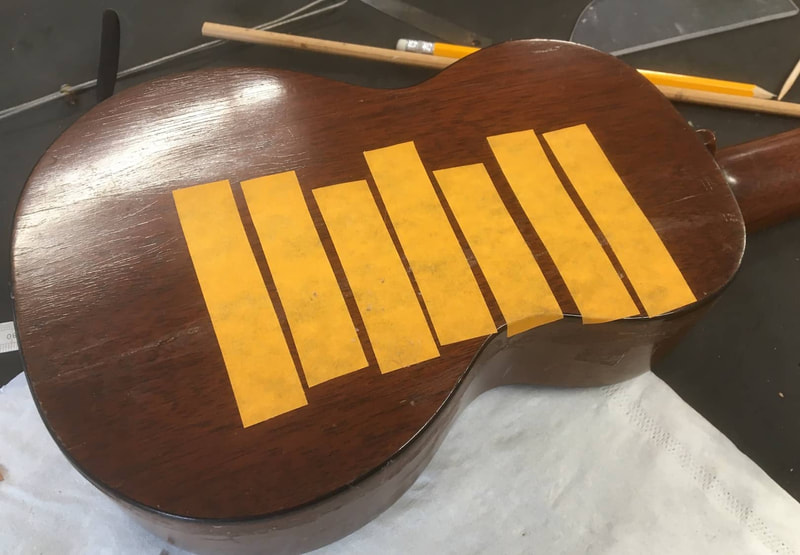

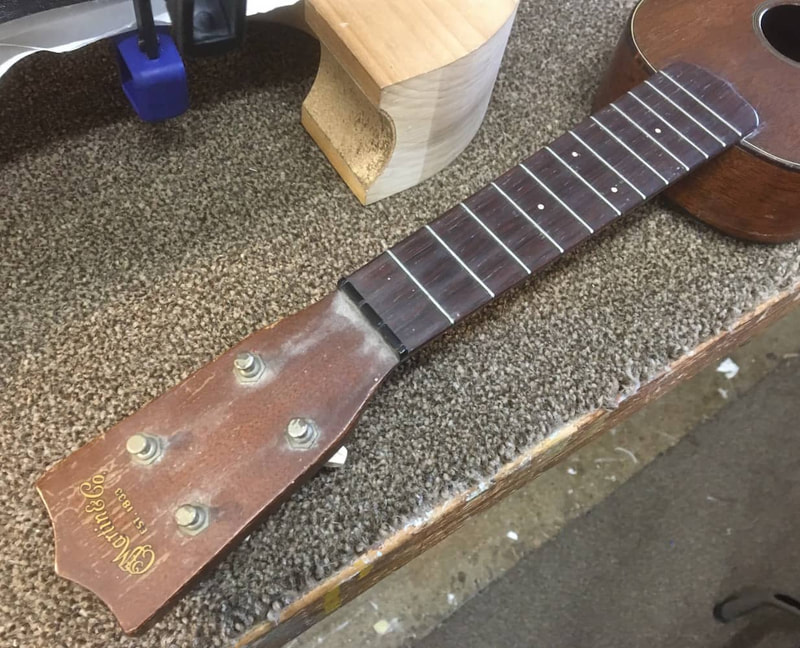

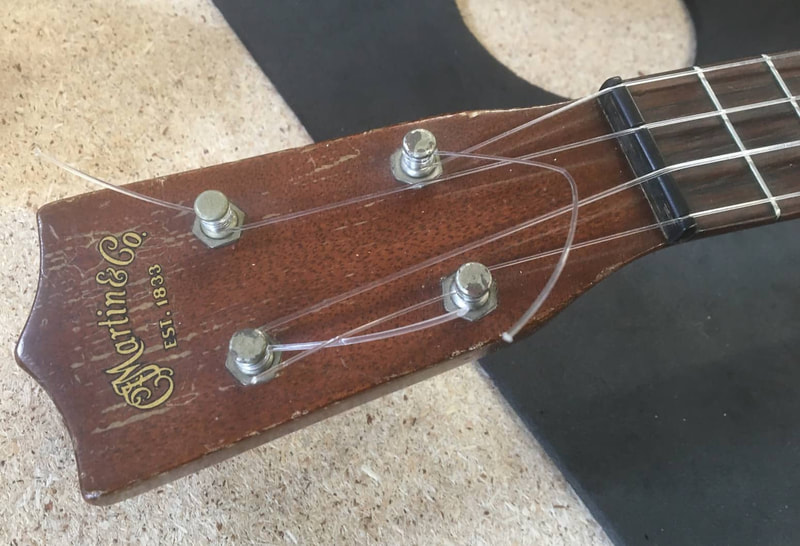
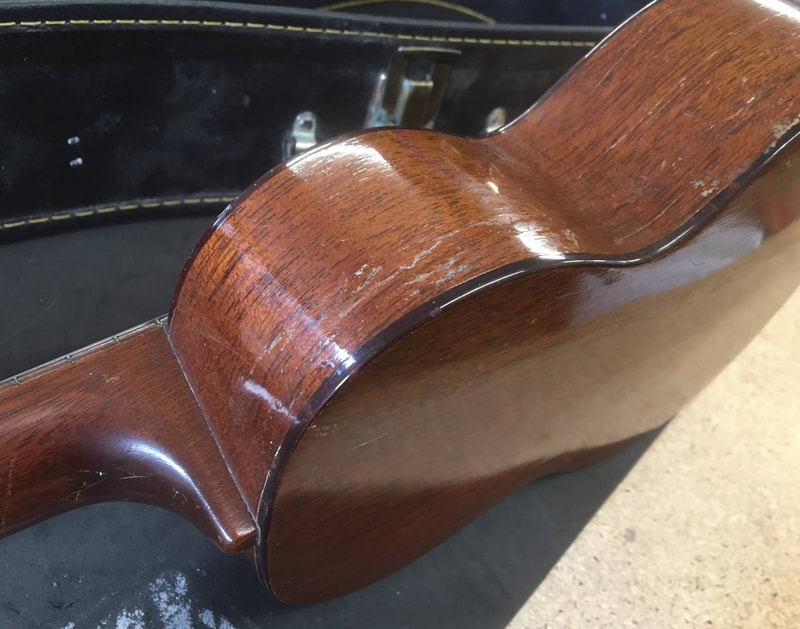
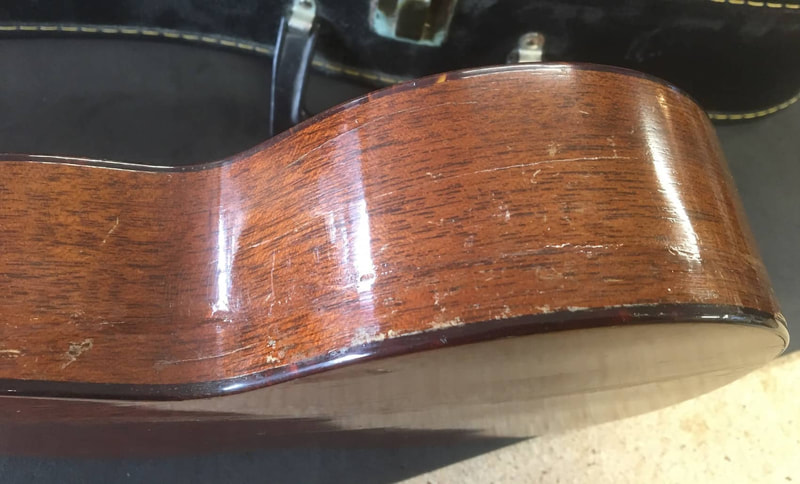
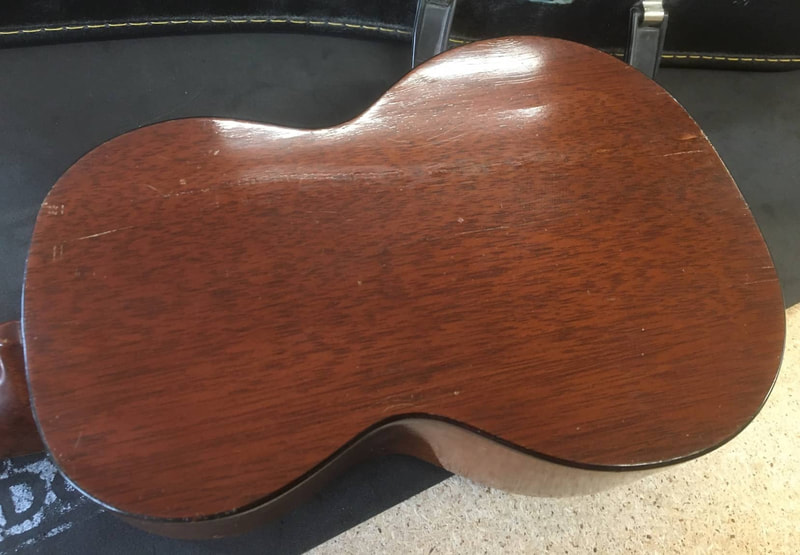
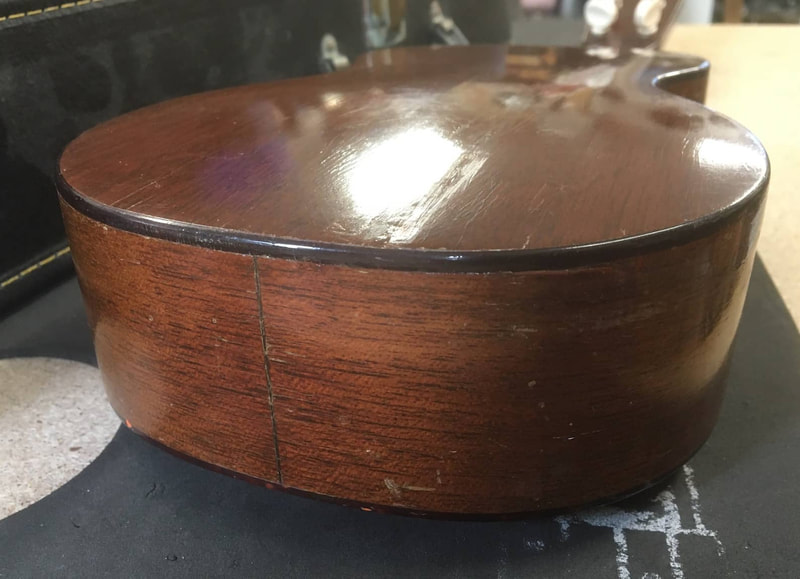
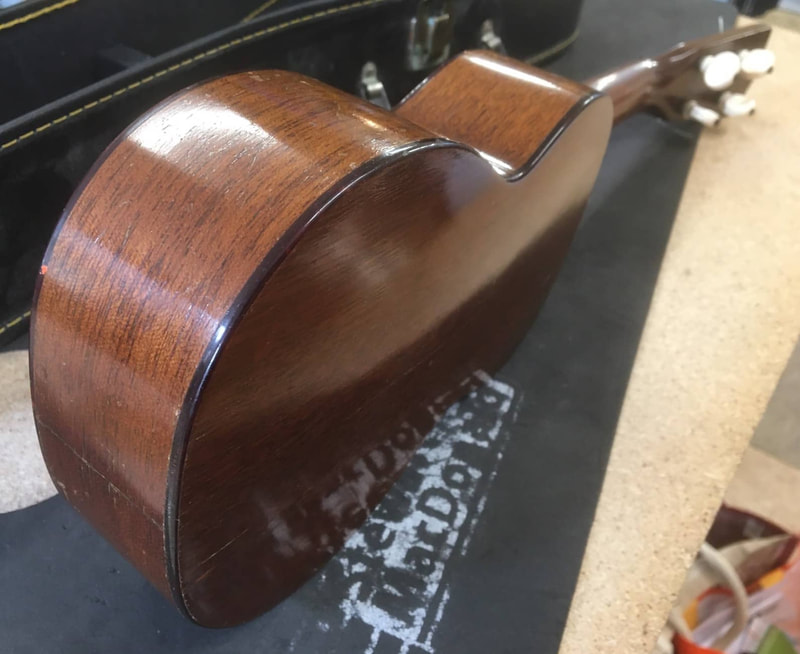
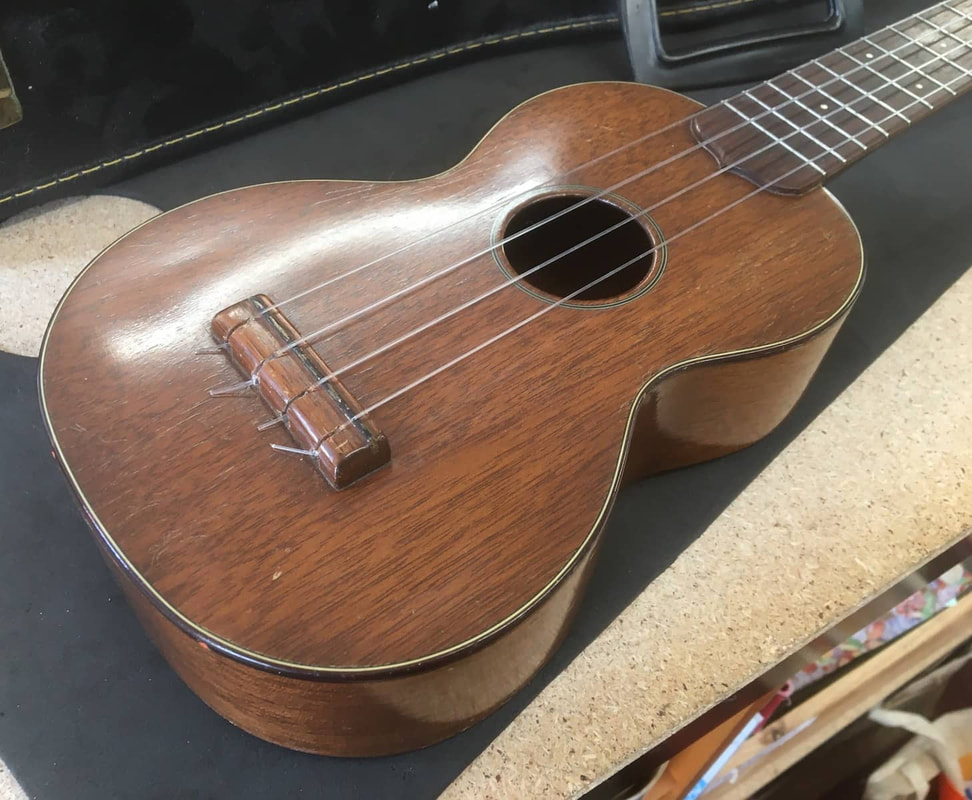
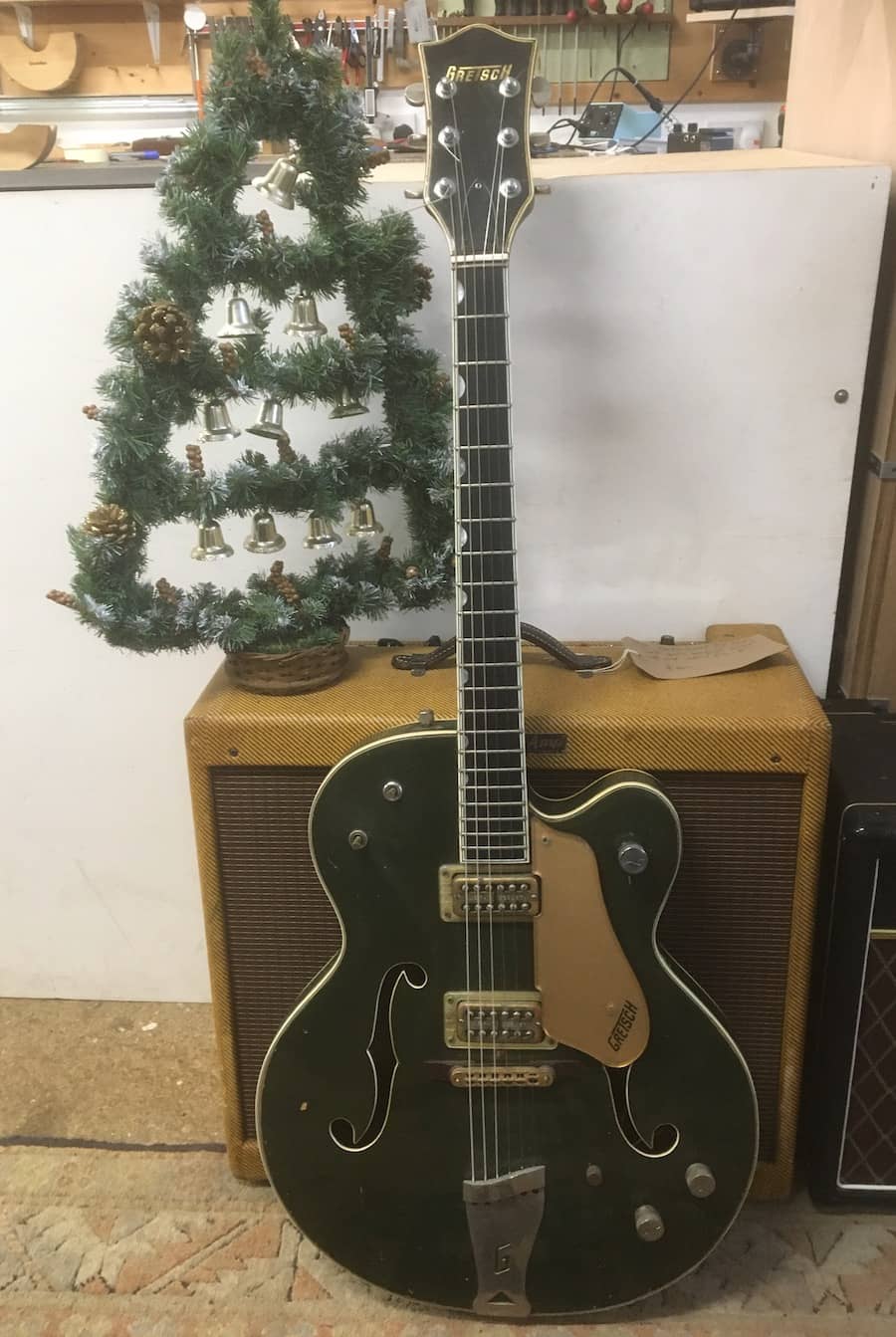
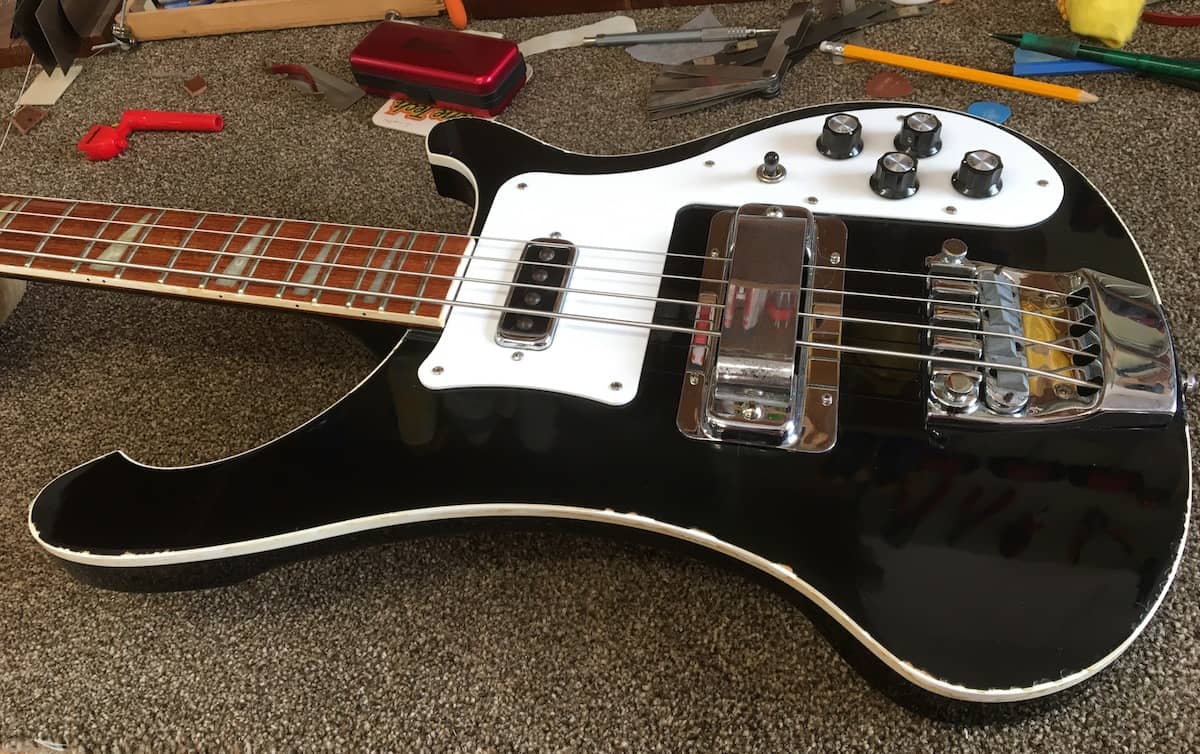
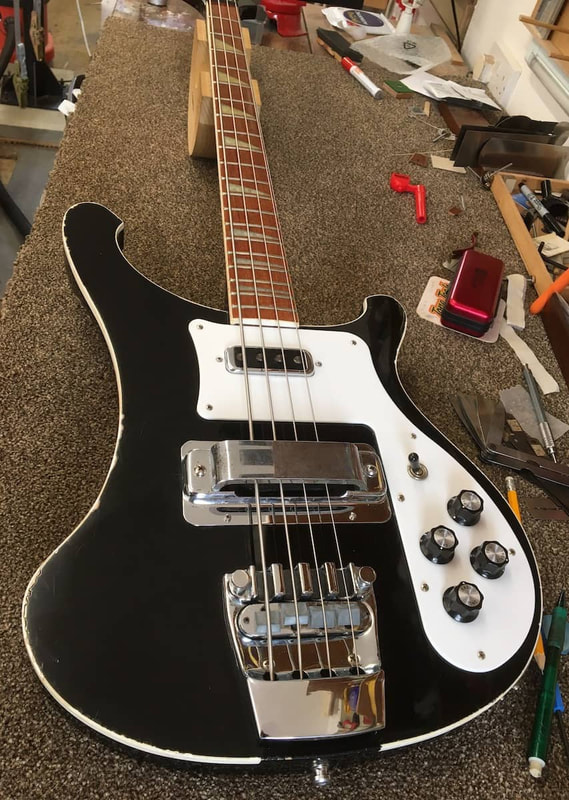
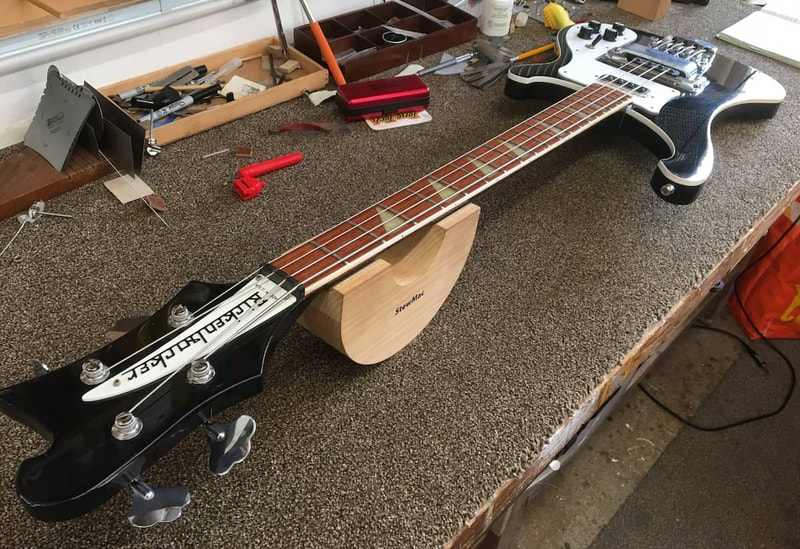
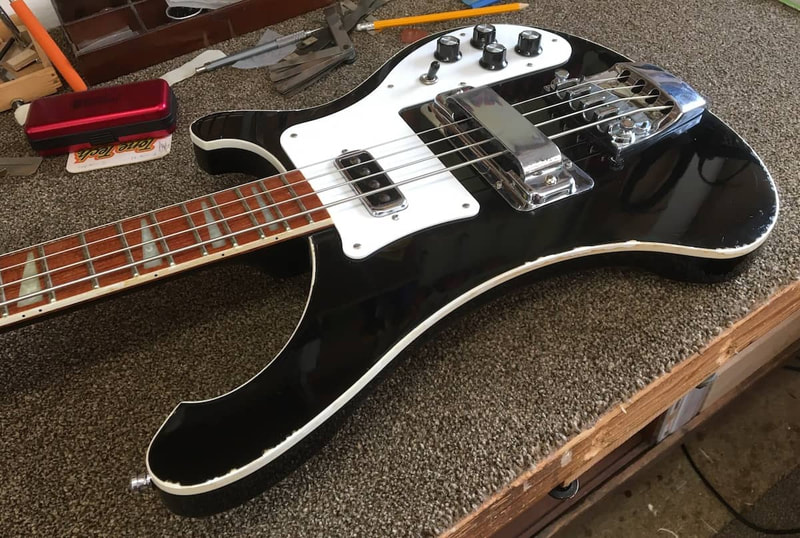
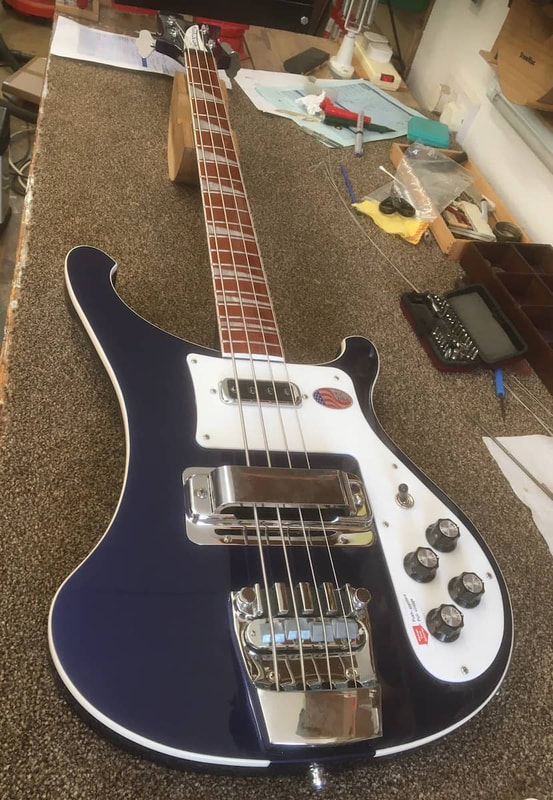
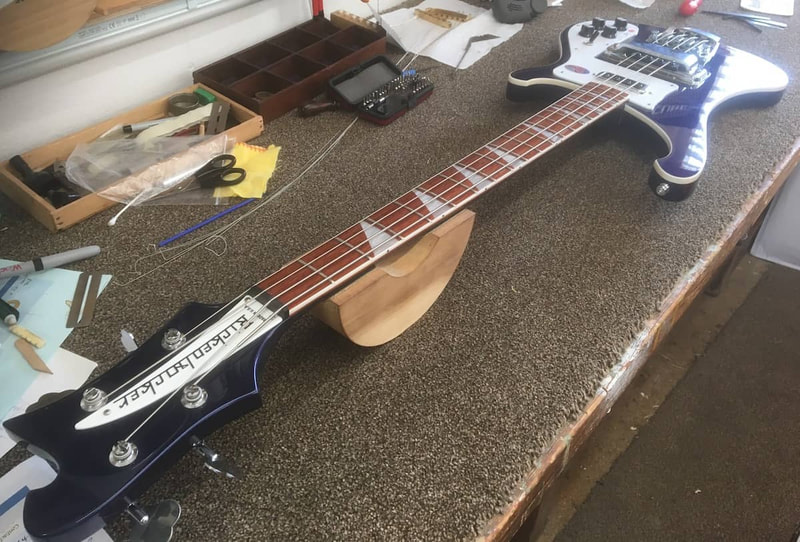
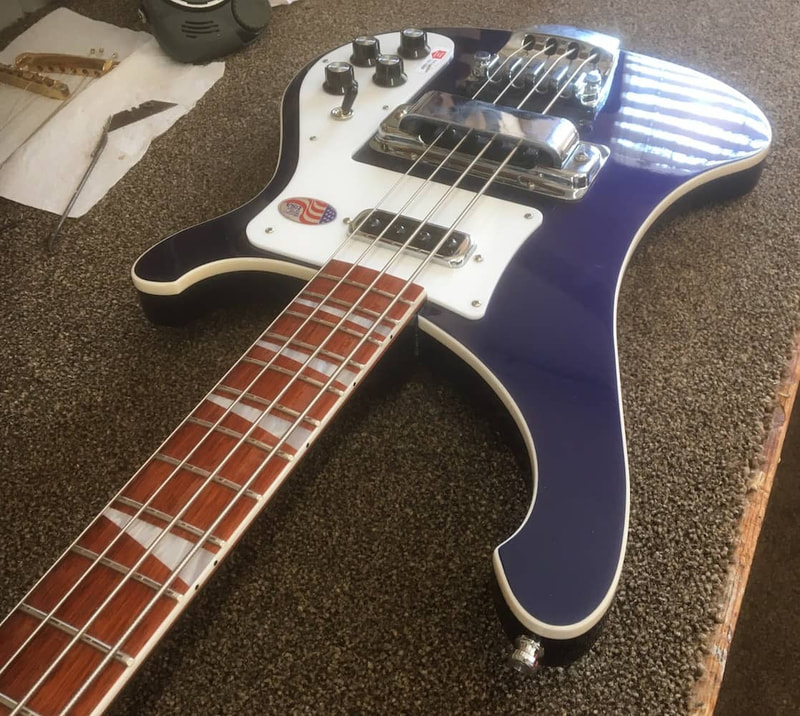
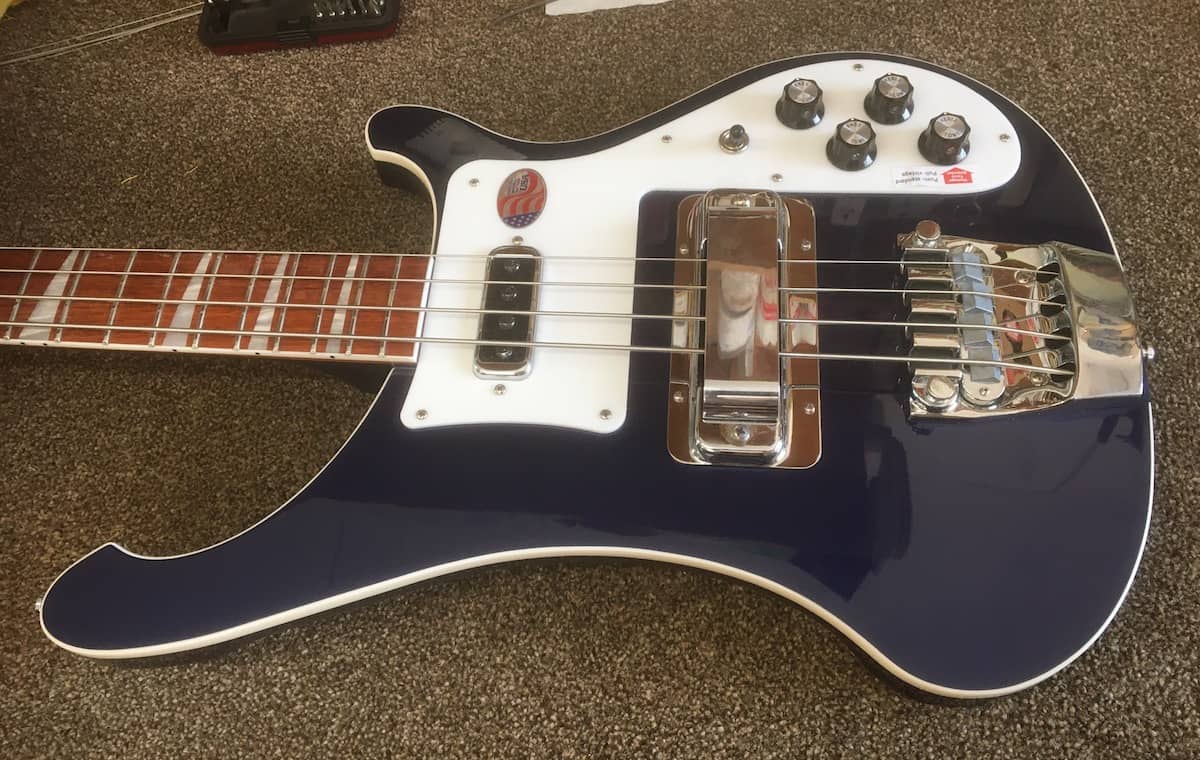
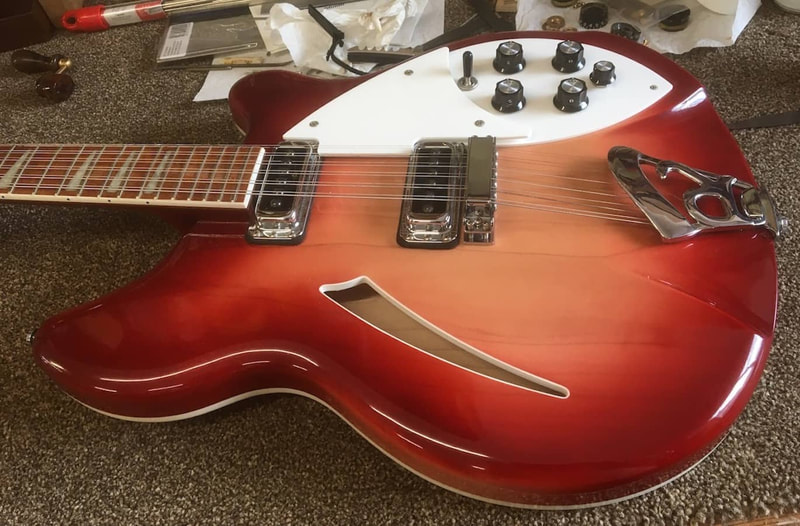
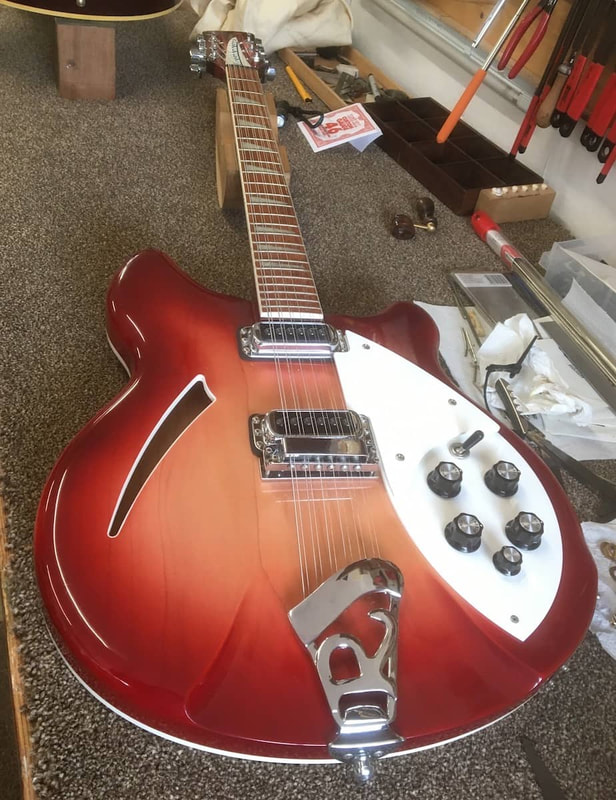
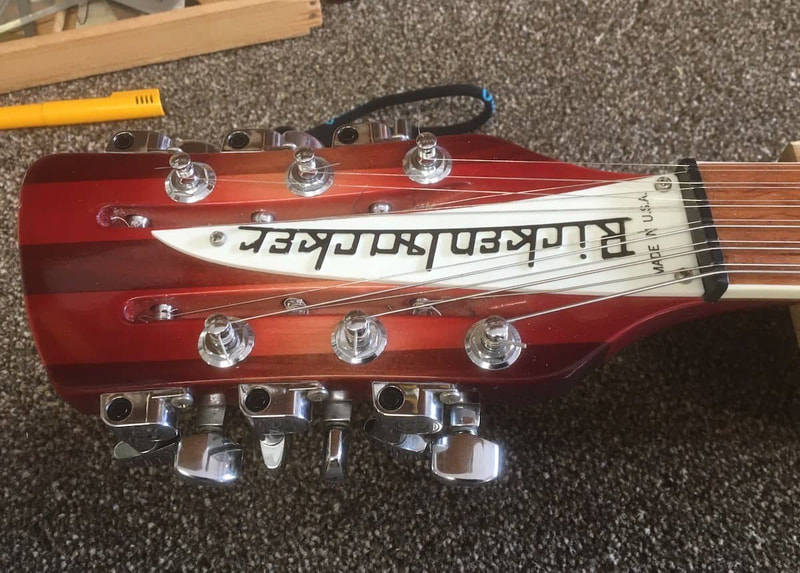
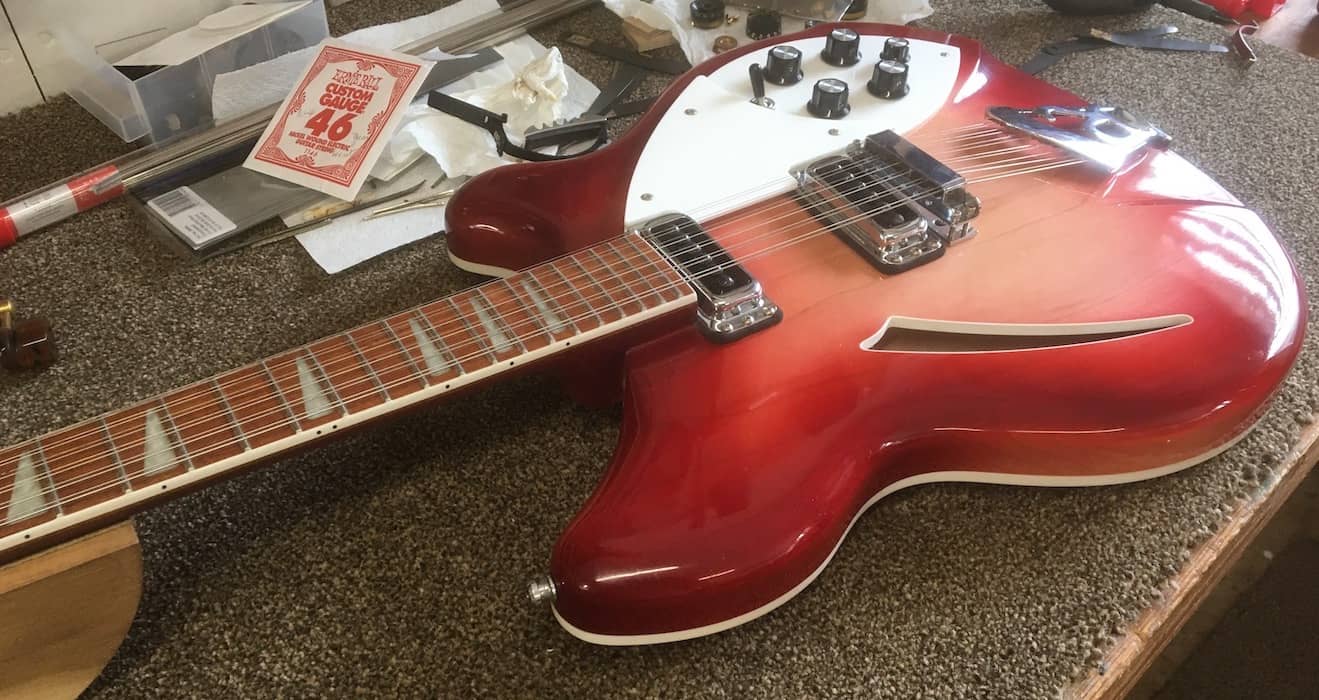
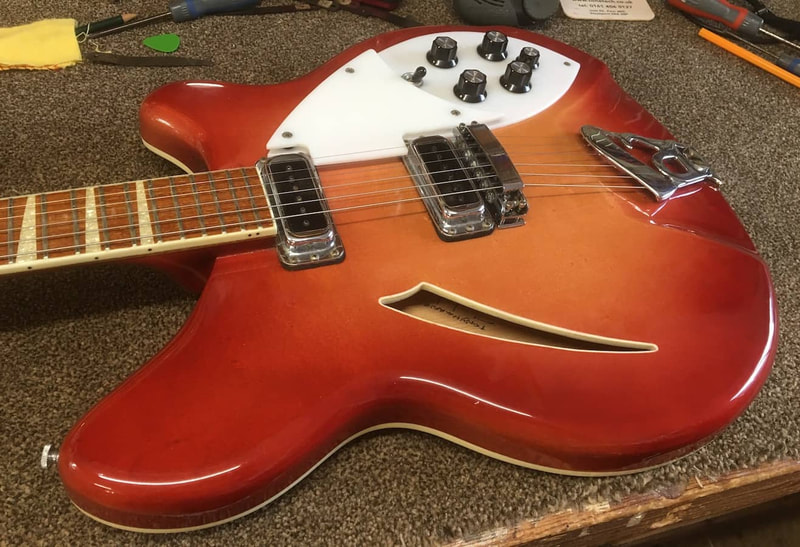
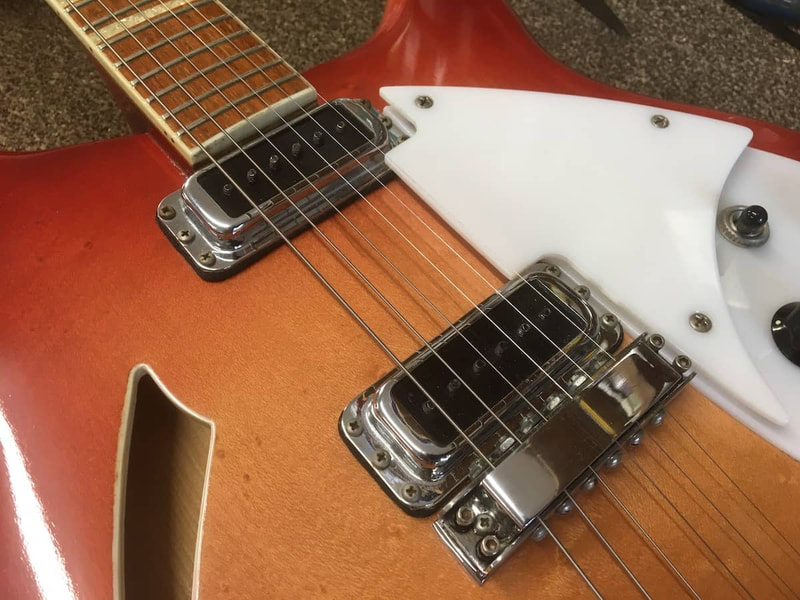
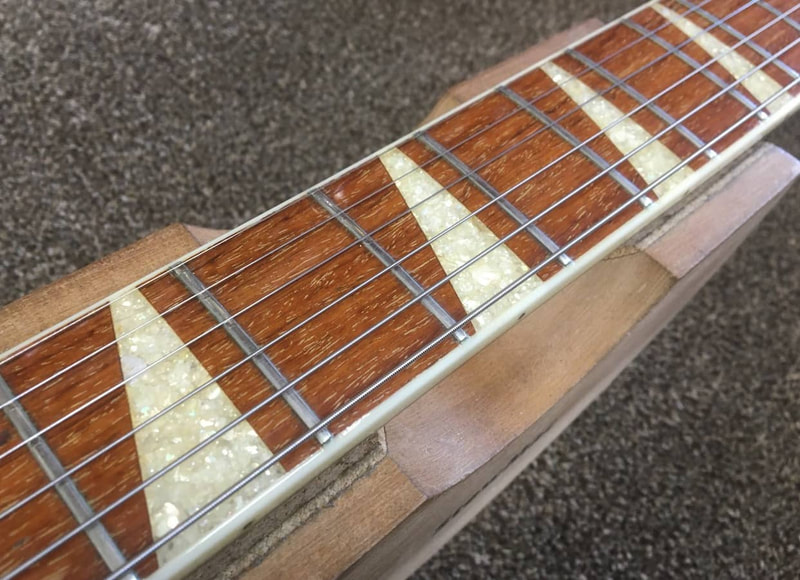
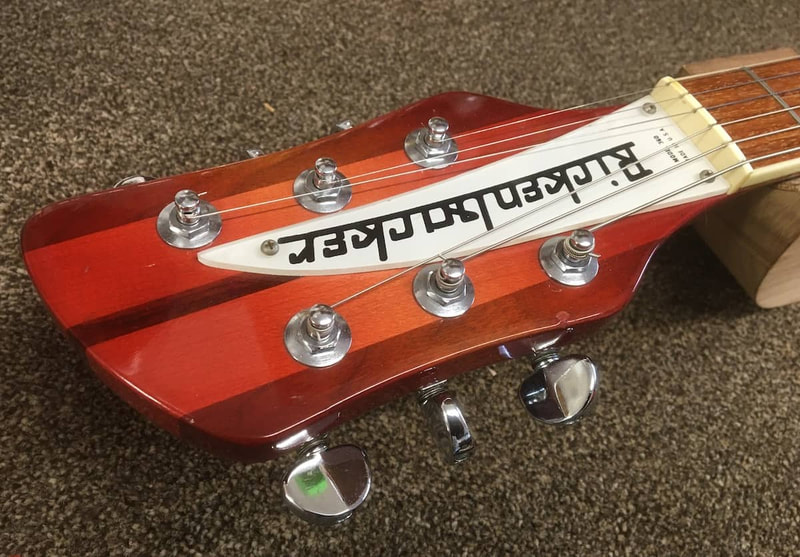
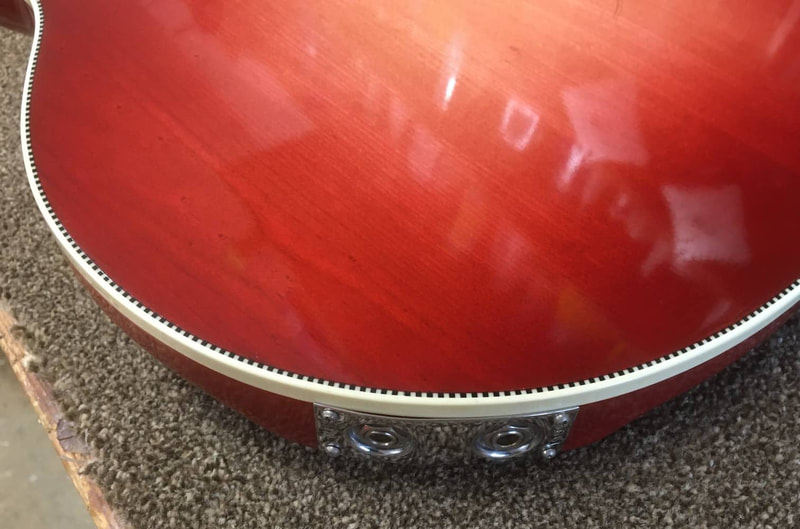
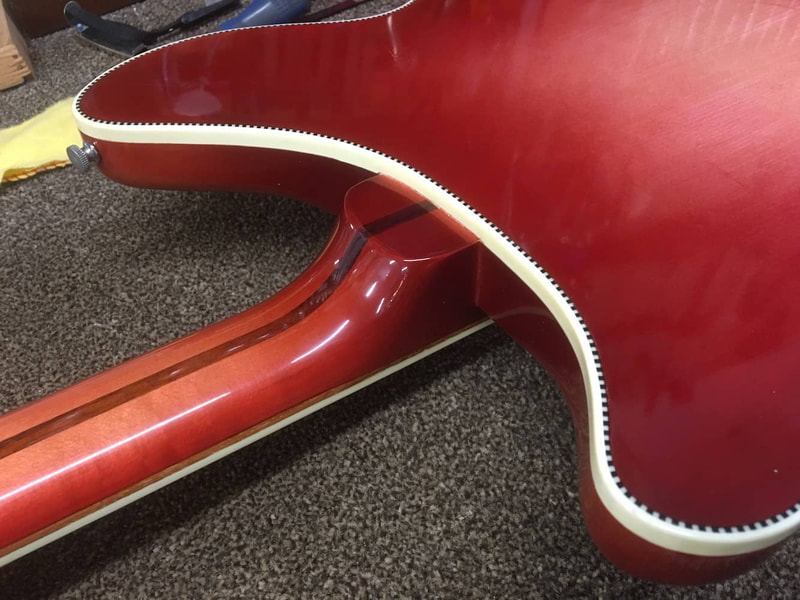
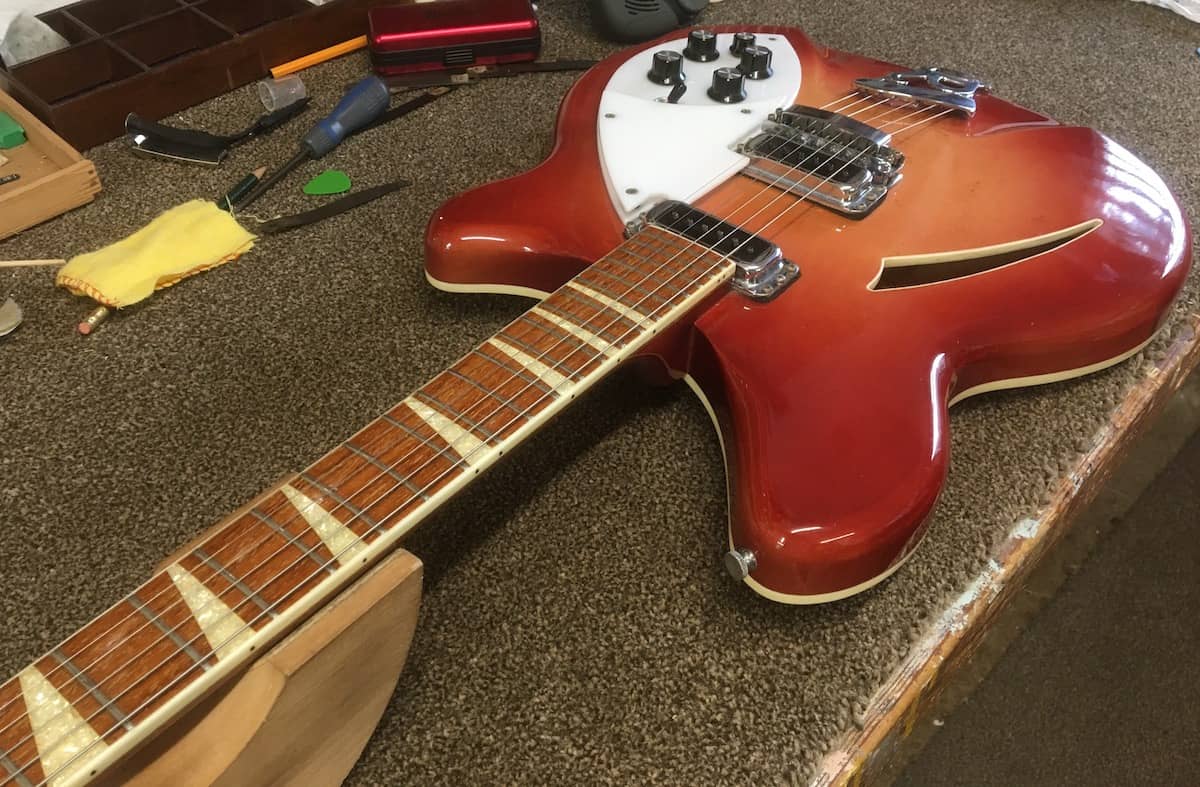
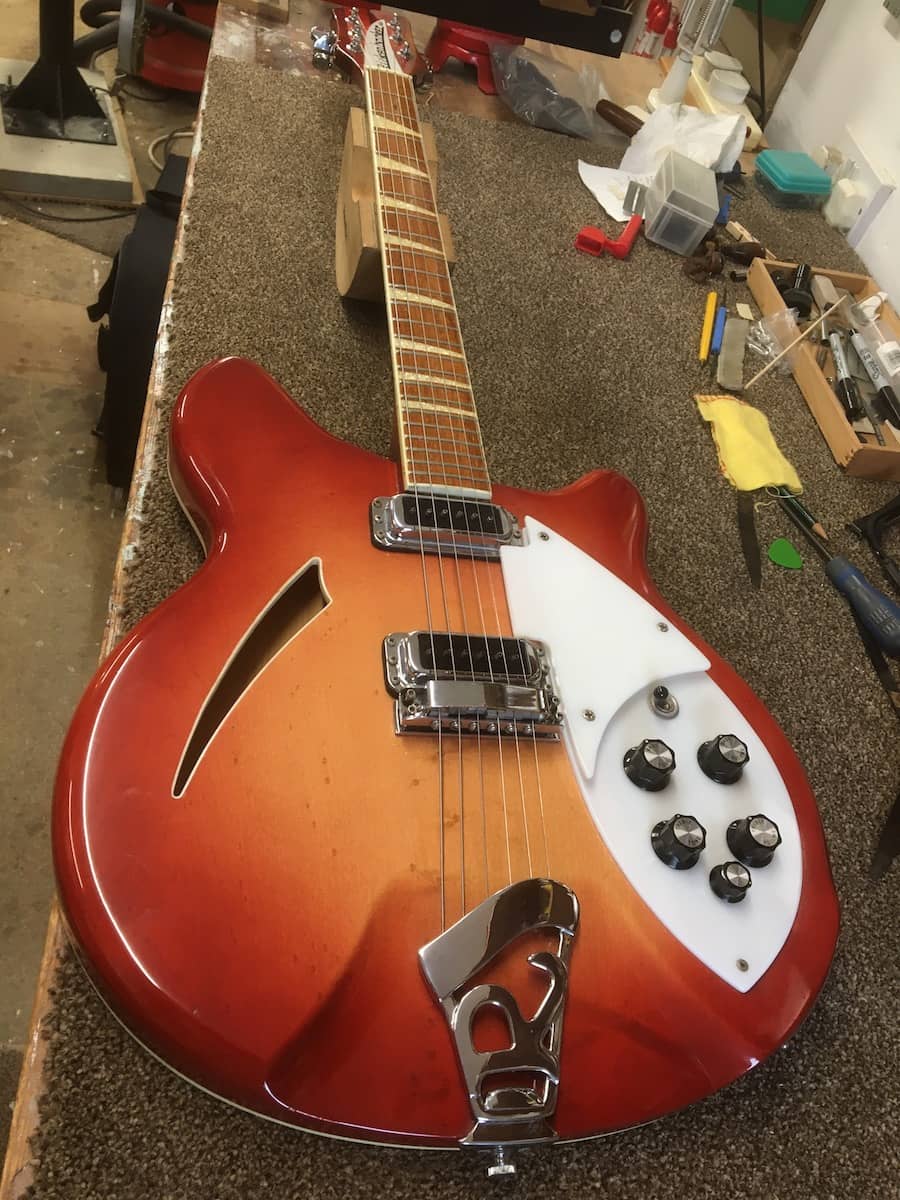
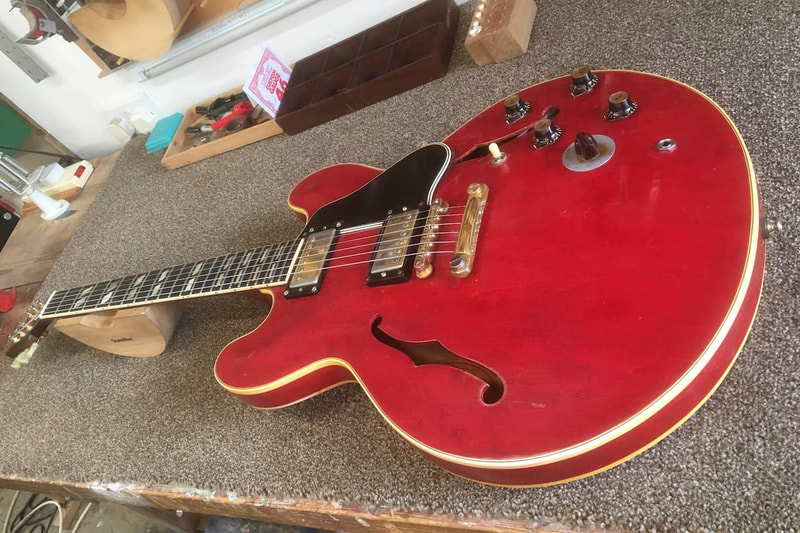
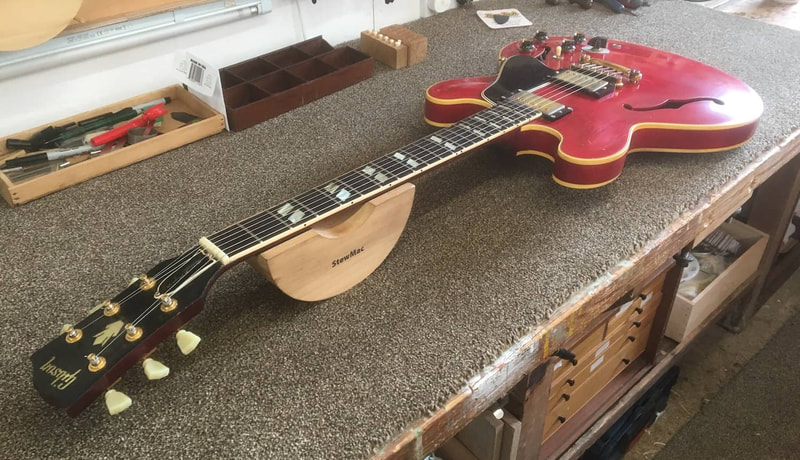
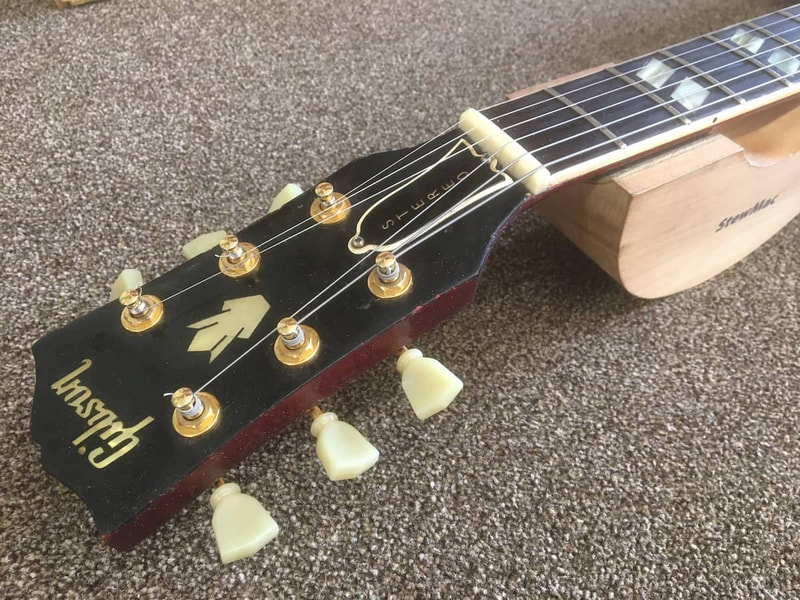
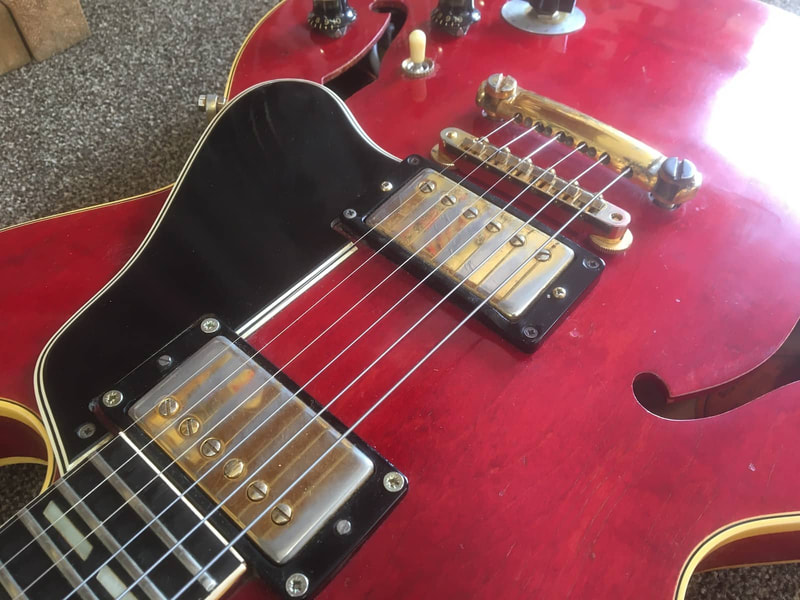
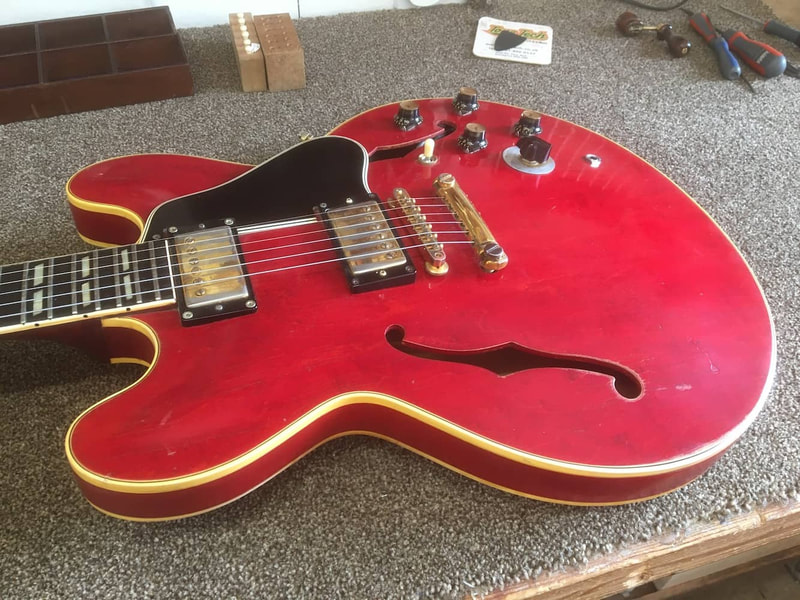
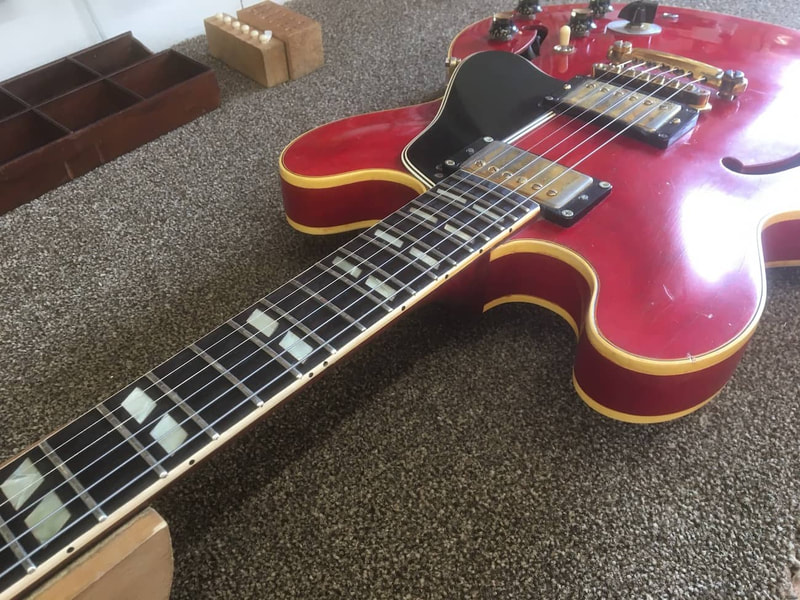
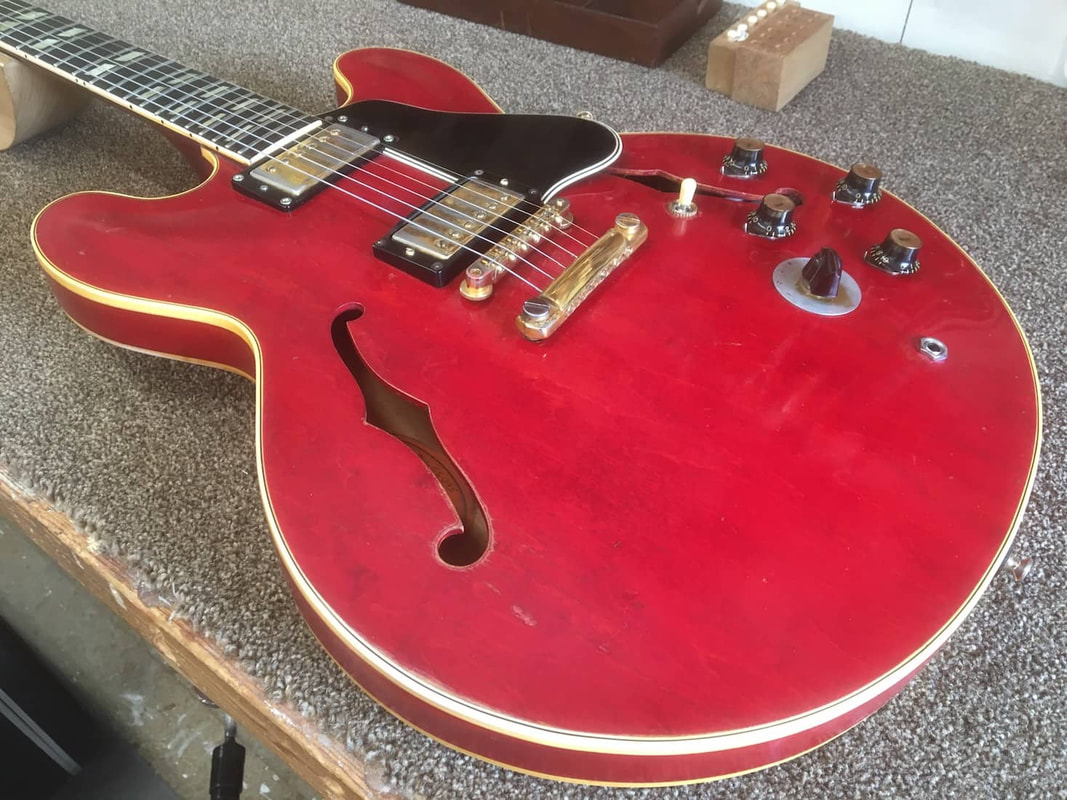
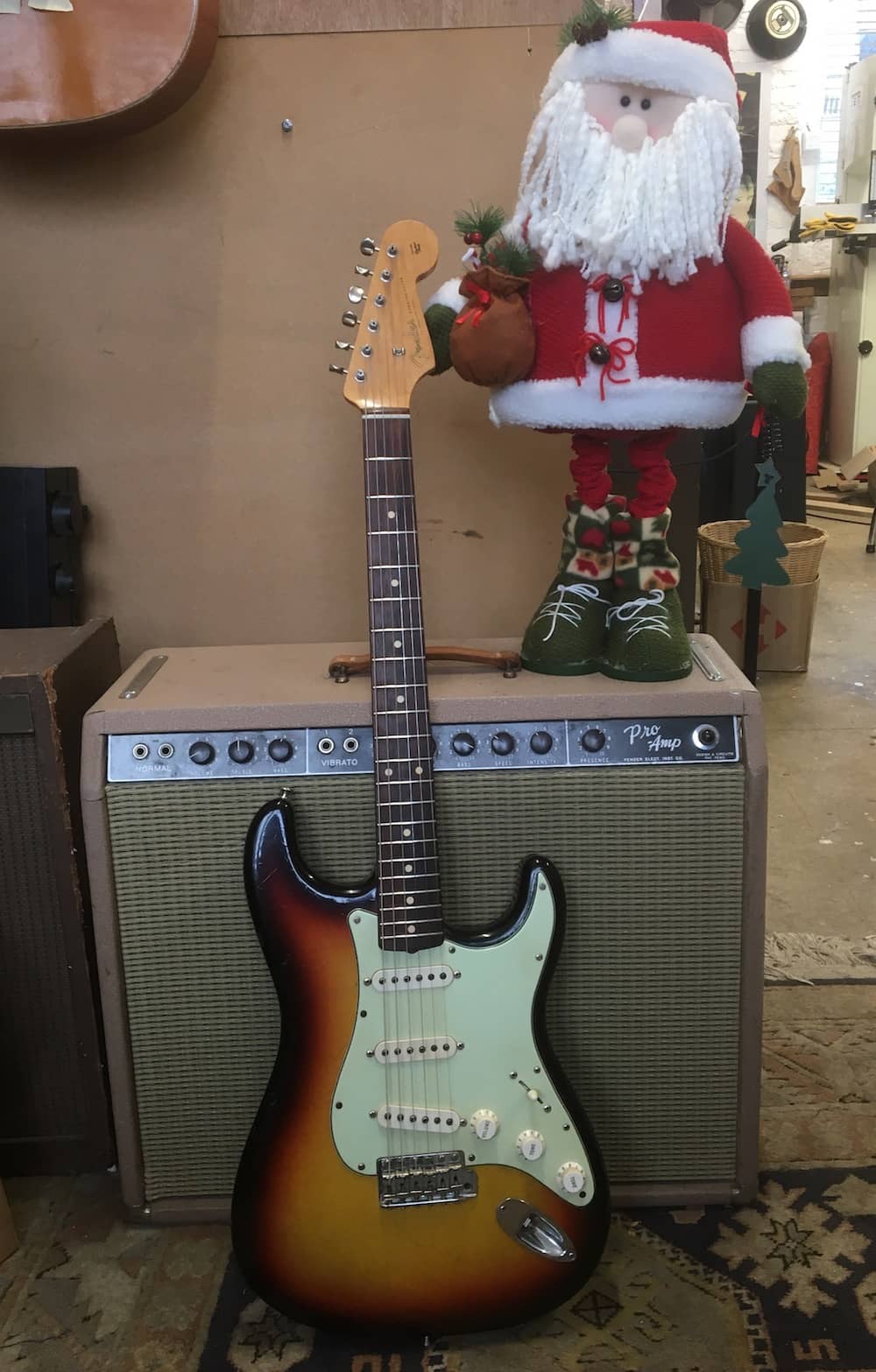
 RSS Feed
RSS Feed